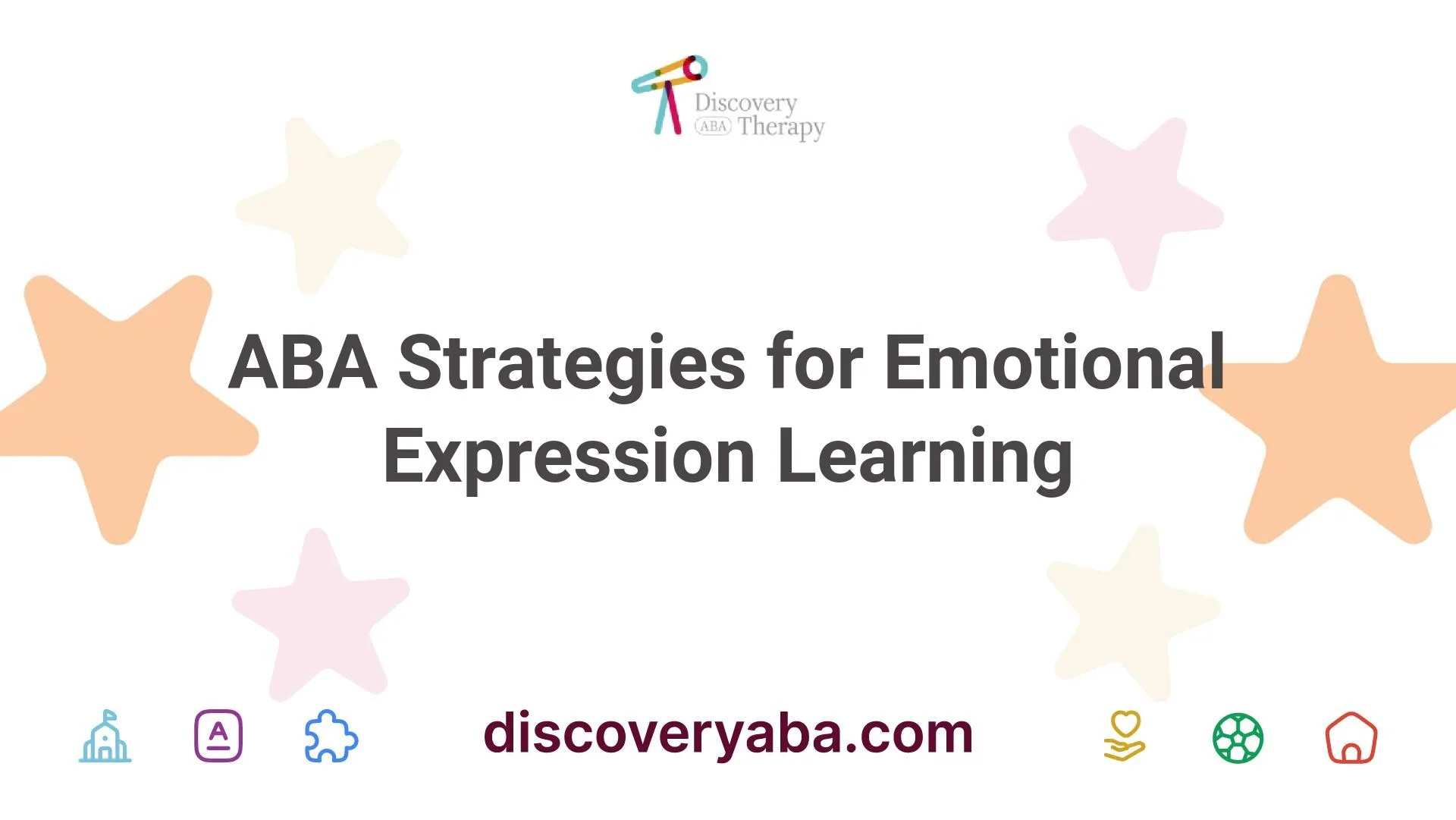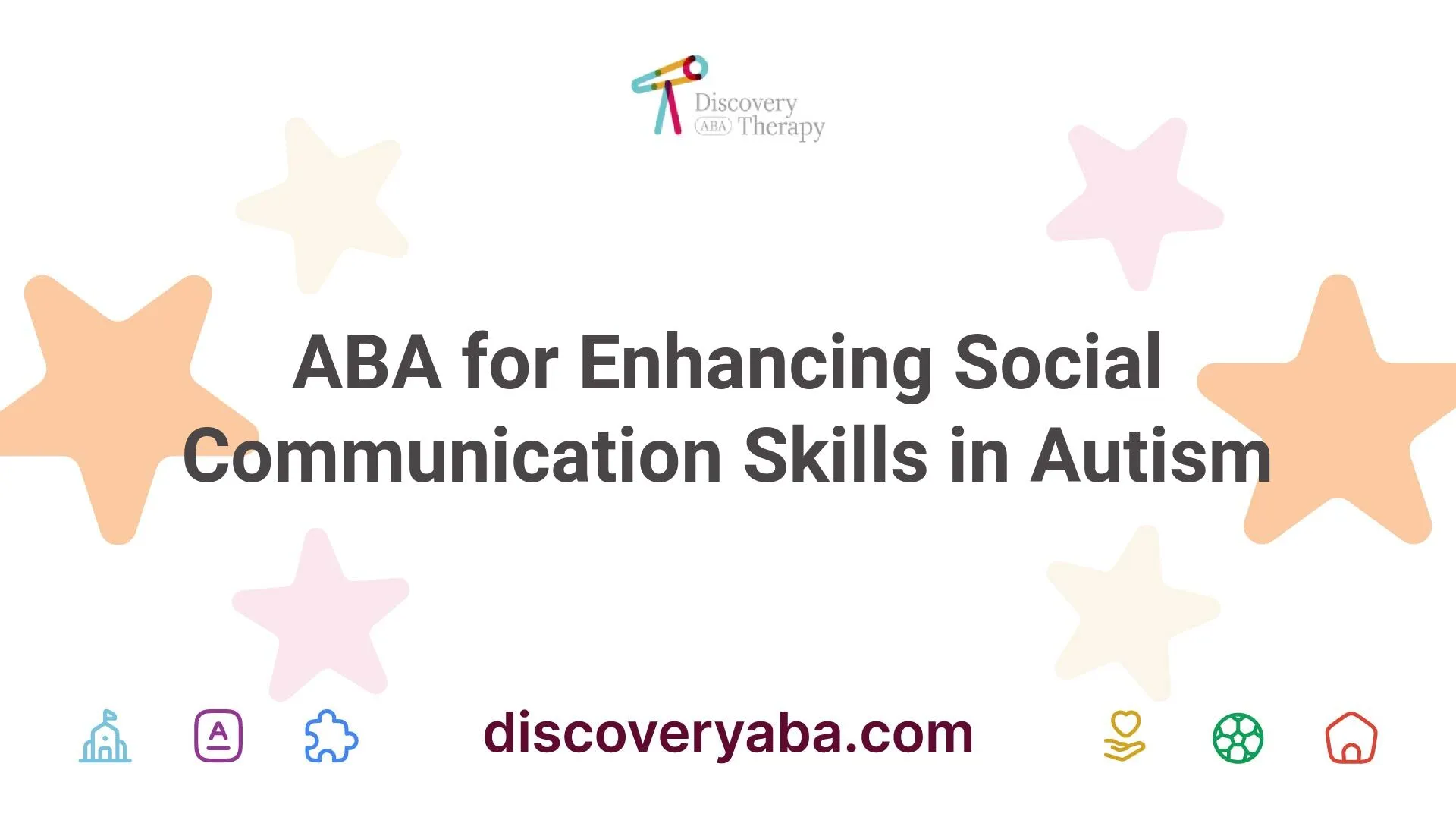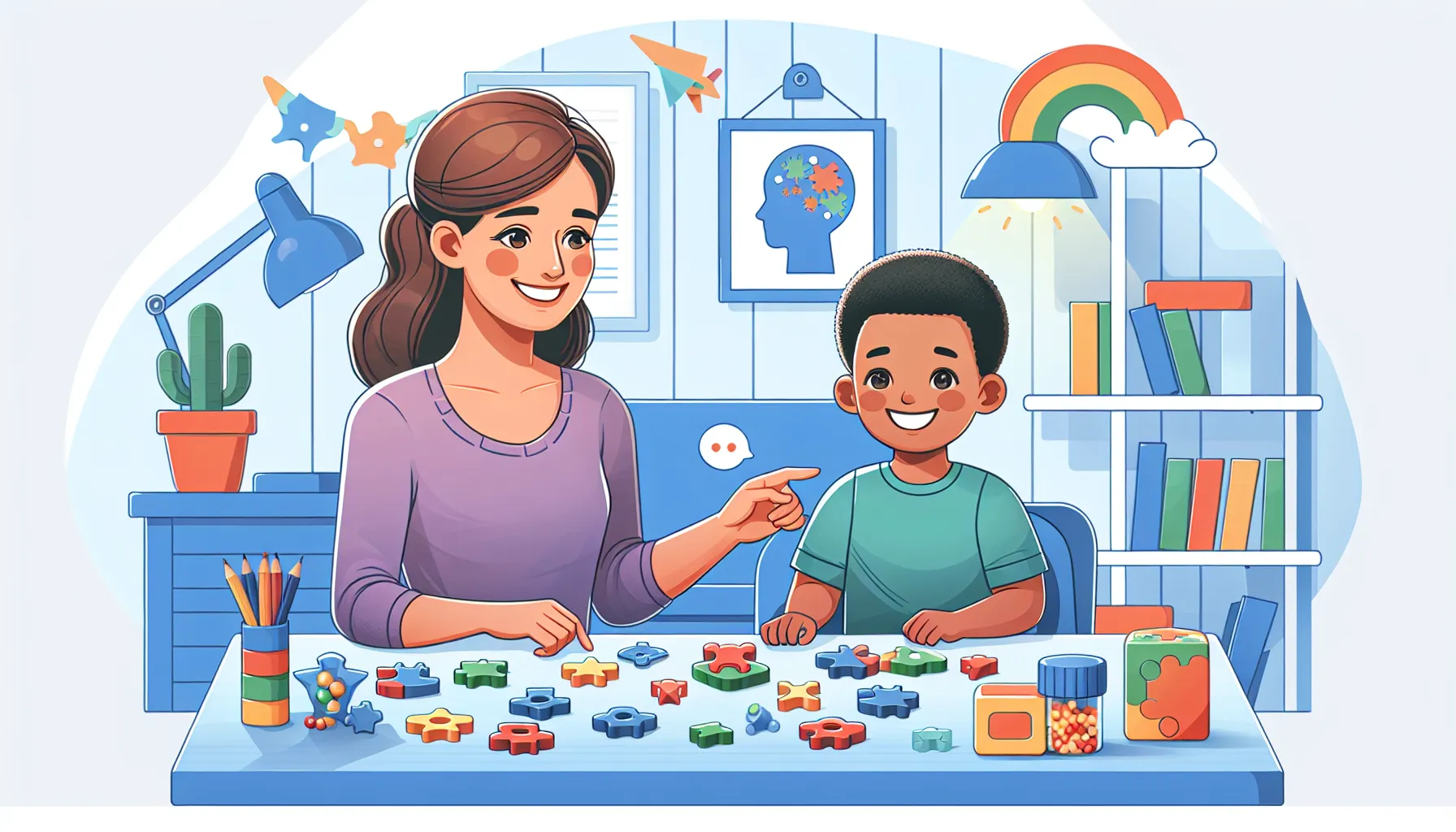Exploring the Impact of Equine Therapy on Autism: From Horses to Hope
Discover the transformative power of equine therapy for individuals with autism. Explore the impact and benefits of this unique treatment approach.
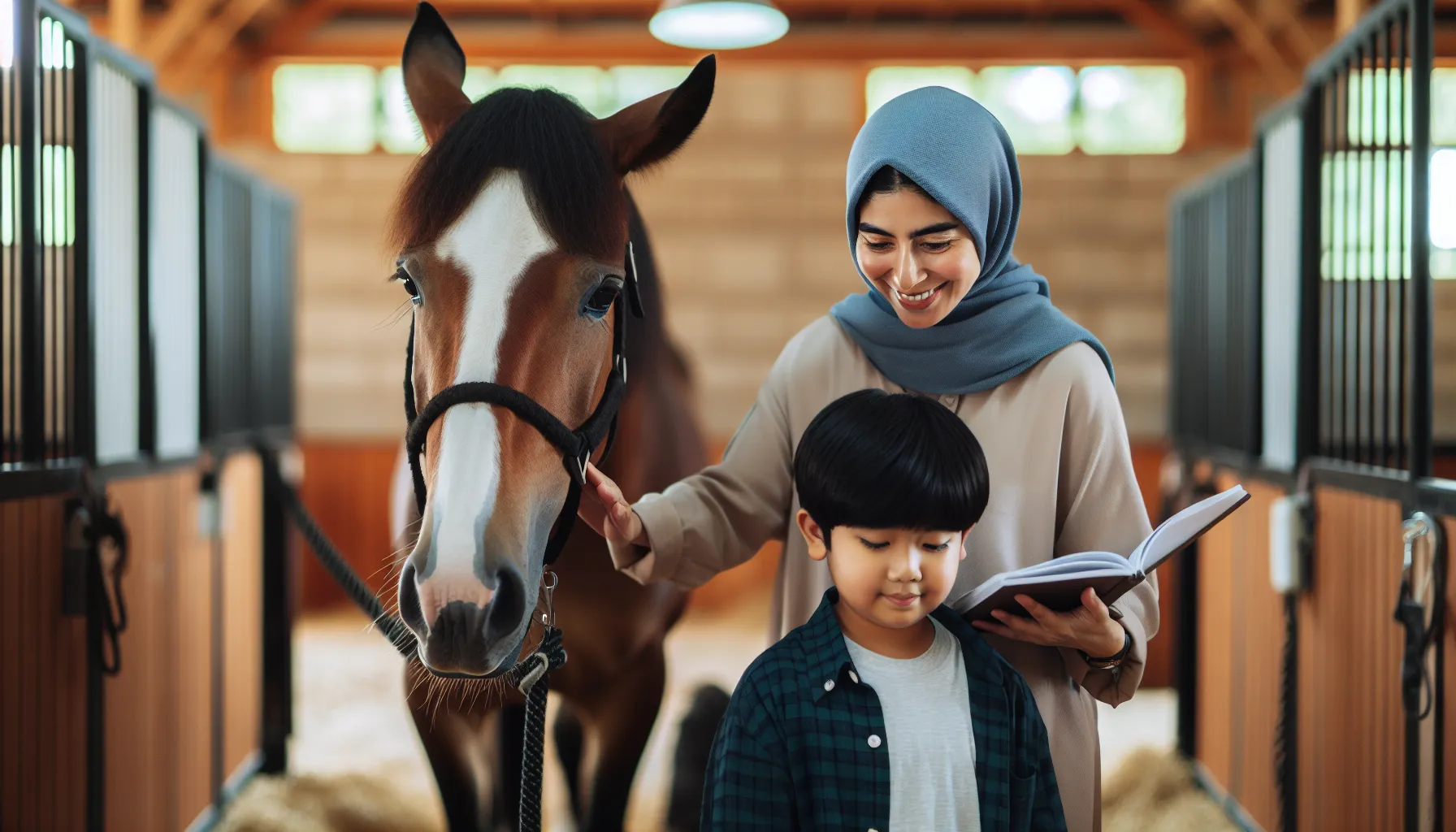
Understanding Autism
To comprehend the impact of equine therapy on autism, it's essential to have a basic understanding of autism spectrum disorder (ASD) and its common characteristics.
Overview of Autism Spectrum Disorder
Autism spectrum disorder is a neurodevelopmental disorder that affects communication, social interaction, and behavior. It is characterized by a wide range of symptoms and is typically diagnosed in early childhood. According to the Centers for Disease Control and Prevention (CDC), approximately 1 in 54 children in the United States is diagnosed with ASD.
ASD is a spectrum disorder, meaning that individuals with autism can experience a wide range of challenges and abilities. Some individuals may require significant support in their daily lives, while others may have exceptional talents or skills in specific areas. Autism is a lifelong condition, and early intervention and appropriate support can significantly improve outcomes for individuals with ASD.
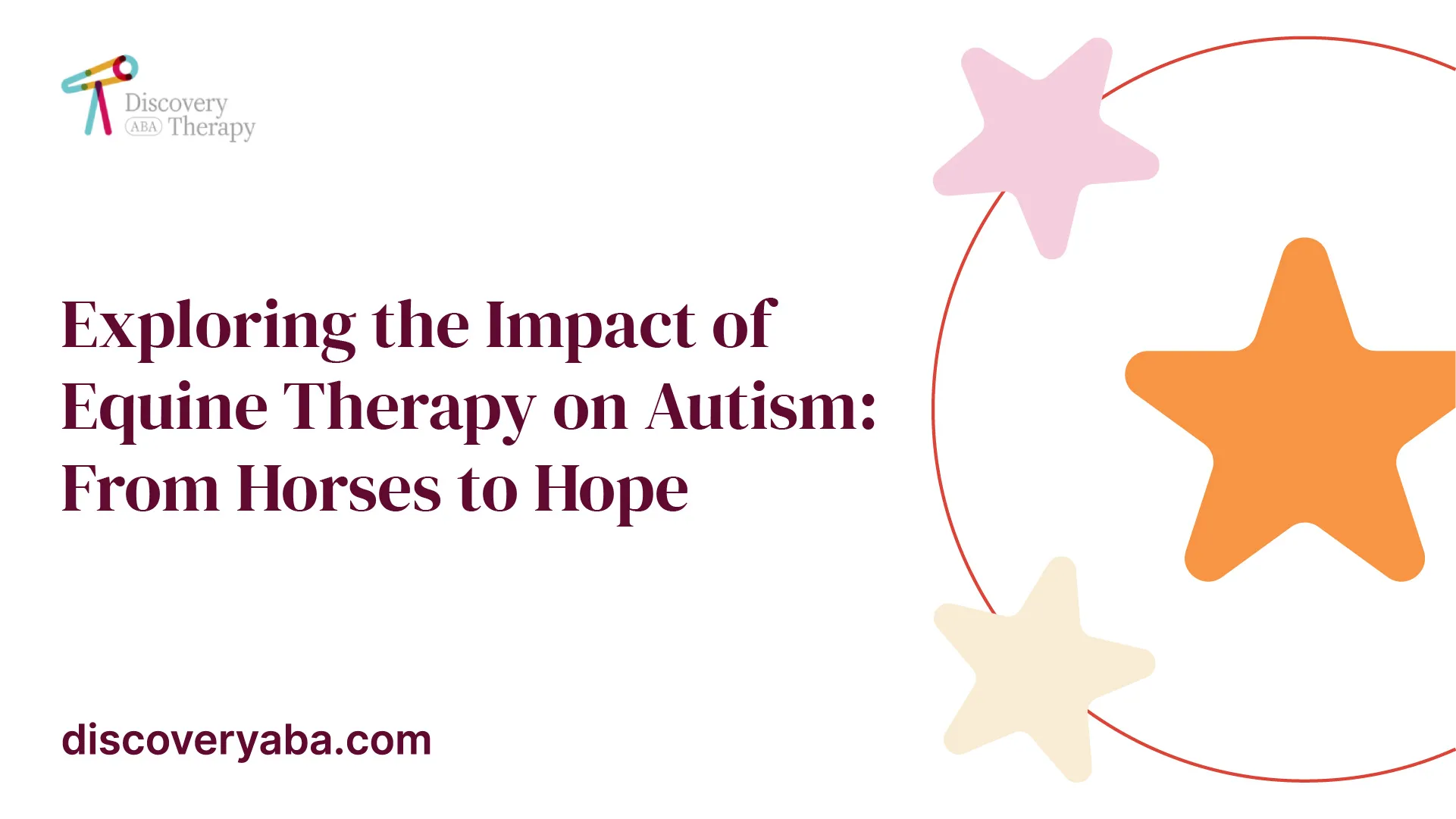
Common Characteristics of Autism
While autism is a complex disorder with varying symptoms and behaviors, there are several common characteristics that individuals with ASD may exhibit. These include:
- Social Interaction Challenges: People with autism often struggle with social interactions and may find it challenging to understand and respond to social cues, establish and maintain relationships, and engage in reciprocal conversation.
- Communication Difficulties: Individuals with autism may have difficulties with verbal and nonverbal communication. Some may have delayed speech development, limited vocabulary, or struggle with understanding and using body language and facial expressions.
- Repetitive Behaviors and Restricted Interests: Many individuals with autism engage in repetitive behaviors, such as hand flapping, rocking, or repetitive speech. They may also display intense interests in specific topics and exhibit resistance to change or transitions.
- Sensory Sensitivities: People with autism may have heightened or diminished sensitivity to sensory stimuli. They may be sensitive to sounds, textures, lights, or smells, which can lead to sensory overload or discomfort.
It's important to note that the characteristics and severity of symptoms can vary widely among individuals with autism. Each person is unique, and their experiences and challenges should be considered on an individual basis.
By understanding the basics of autism spectrum disorder and the common characteristics associated with it, we can delve deeper into the impact of equine therapy as a potential intervention for individuals with autism.
Equine Therapy
Equine therapy, also known as horse therapy or hippotherapy, is a therapeutic approach that involves interactions between individuals with autism and horses. This unique form of therapy has gained recognition for its potential to positively impact individuals on the autism spectrum.
What is Equine Therapy?
Equine therapy utilizes horses as a central component of the therapeutic process. It involves various activities such as horseback riding, grooming, and caring for horses under the guidance of qualified professionals. The focus is on developing a bond between the individual with autism and the horse, creating a safe and nurturing environment for personal growth and development.
Equine therapy sessions are typically conducted by licensed therapists or specially trained professionals who have expertise in both horsemanship and autism therapy. These professionals facilitate the interaction between the individual and the horse, tailoring activities to meet the specific needs and goals of the participant.
Benefits of Equine Therapy
Equine therapy offers a range of benefits for individuals with autism. The unique connection formed between the individual and the horse can have a profound impact on their emotional, cognitive, and physical well-being. Some of the key benefits include:
- Emotional and Psychological Benefits: Interacting with horses can help individuals with autism develop emotional regulation, empathy, and social skills. The unconditional acceptance and non-judgmental nature of the horse can create a safe space for individuals to express themselves and build self-confidence.
- Sensory Integration: Horses provide a multisensory experience that can be highly beneficial for individuals with autism. The rhythmic motion of horseback riding stimulates the vestibular system, promoting balance, coordination, and body awareness. The tactile experience of grooming and touching the horse also enhances sensory integration.
- Improvement in Communication Skills: The bond formed between the individual and the horse can facilitate communication and language development. Horses respond to nonverbal cues, allowing individuals to practice and refine their communication skills in a supportive environment.
- Enhanced Motor Skills: Engaging in equine therapy activities can improve motor skills, including coordination, strength, and balance. The movements required during horseback riding can help individuals develop core muscle strength and improve overall physical fitness.
- Increased Self-Esteem and Motivation: Achieving goals and mastering new skills in equine therapy can boost self-esteem and motivation in individuals with autism. The sense of accomplishment and the bond formed with the horse can foster a positive self-image and a willingness to engage in other therapeutic interventions.
Equine therapy is a dynamic and interactive approach that harnesses the unique qualities of horses to support individuals with autism. The benefits extend beyond the therapy session, positively impacting various aspects of an individual's life.
Connection Between Autism and Equine Therapy
Equine therapy, also known as horse therapy or hippotherapy, has shown promising results in helping individuals with autism spectrum disorder (ASD). This section explores how equine therapy can benefit individuals with autism and highlights success stories of its impact.
How Equine Therapy Helps Individuals with Autism
Equine therapy involves interactions between individuals with autism and horses, guided by trained professionals. The unique bond formed between the individual and the horse can have a profound impact on various aspects of their well-being. Here are some ways in which equine therapy helps individuals with autism:
- Emotional Regulation: Interacting with horses can help individuals with autism develop emotional regulation skills. Horses are known for their ability to sense emotions and provide non-judgmental support. Through activities such as grooming, feeding, and riding, individuals with autism can learn to recognize and manage their own emotions.
- Sensory Stimulation: Many individuals with autism experience sensory sensitivities or seek sensory stimulation. The sensory-rich environment of equine therapy, including the tactile experience of grooming and the rhythmic movements while riding, can provide calming and organizing sensory input.
- Social Skills Development: Equine therapy offers opportunities for individuals with autism to practice and improve social skills. Working with horses requires clear communication, trust, and cooperation. These interactions can help individuals with autism develop interpersonal skills, such as turn-taking, listening, and following instructions.
- Self-Confidence and Self-Esteem: The positive and non-judgmental nature of the horse-human relationship can boost self-confidence and self-esteem in individuals with autism. Accomplishing tasks and overcoming challenges during equine therapy sessions can provide a sense of achievement and empowerment.
Success Stories of Equine Therapy
Equine therapy has yielded numerous success stories, showcasing its potential to positively impact the lives of individuals with autism. Here are a few examples:
- Case Study 1: A child with autism who struggled with sensory sensitivities and social interactions showed remarkable improvement after participating in equine therapy. The child developed a strong bond with the therapy horse, which helped reduce anxiety and improve social skills.
- Case Study 2: A teenager with autism who had difficulty with emotional regulation and self-confidence experienced significant progress through equine therapy. The therapeutic interactions with the horse helped the teenager develop emotional self-regulation skills and enhanced self-esteem.
- Case Study 3: A young adult with autism who faced challenges with communication and social interactions made significant strides after engaging in equine therapy. The structured activities and the connection with the horse facilitated the development of communication skills and increased social engagement.
These success stories exemplify the potential of equine therapy as a complementary intervention for individuals with autism. However, it's important to note that each individual's experience and outcomes may vary.
Equine therapy can be a valuable addition to a comprehensive treatment plan for individuals with autism. It harnesses the therapeutic power of the horse-human bond to promote emotional well-being, sensory integration, social skill development, and self-confidence.
Implementing Equine Therapy
Once you have decided to explore equine therapy as a treatment option for individuals with autism, it is important to understand the steps involved in implementing this therapy. This section will guide you through finding a qualified program and preparing for equine therapy sessions.
Finding a Qualified Program
When seeking an equine therapy program for individuals with autism, it is crucial to find a qualified and reputable provider. Here are some steps to help you find the right program:
- Research: Conduct thorough research to identify equine therapy programs that specialize in working with individuals on the autism spectrum. Look for programs with experience and a proven track record in providing effective therapy.
- Credentials and Certifications: Ensure that the equine therapy program is staffed by professionals who are certified and experienced in equine-assisted therapy. Look for certifications from recognized organizations such as the Professional Association of Therapeutic Horsemanship International (PATH Intl).
- Reviews and Recommendations: Read reviews and seek recommendations from parents, caregivers, or professionals in the autism community who have experience with equine therapy. Their insights can provide valuable information about the program's effectiveness and suitability.
- Visit and Observe: Schedule a visit to the equine therapy program to observe the facilities, meet the staff, and understand their approach to therapy. This will help you assess whether the program aligns with your expectations and the needs of the individual with autism.
- Communication: Engage in open and transparent communication with the program's staff. Discuss your concerns, goals, and expectations for the therapy. A good program will be responsive and willing to address any questions or concerns you may have.
Preparing for Equine Therapy Sessions
Before starting equine therapy sessions, it is important to make the necessary preparations to ensure a smooth and successful experience for the individual with autism. Here are some considerations:
- Medical Evaluation: Consult with a healthcare professional to evaluate the individual's physical and emotional readiness for equine therapy. Discuss any specific medical or safety concerns that need to be addressed.
- Social Stories and Visual Supports: Create social stories or visual supports that explain what to expect during equine therapy sessions. These tools can help individuals with autism better understand the routine, expectations, and procedures involved.
- Sensory Considerations: Individuals with autism may have sensory sensitivities. Discuss these sensitivities with the equine therapy program staff to ensure that appropriate accommodations are made. This may include adjusting the sensory environment or providing sensory tools.
- Clothing and Safety Equipment: Dress the individual in appropriate clothing for equine therapy sessions, considering comfort, safety, and weather conditions. Depending on the program, safety equipment such as helmets may be required. Follow the program's guidelines regarding attire and safety equipment.
- Communication with the Therapy Team: Maintain open lines of communication with the equine therapy team. Share any changes in the individual's behavior, interests, or goals that may impact the therapy. Collaborate with the team to ensure a personalized and effective therapy experience.
By finding a qualified equine therapy program and adequately preparing for the therapy sessions, individuals with autism can have a positive and beneficial experience. Equine therapy has the potential to make a significant impact on their well-being, development, and quality of life.
Considerations for Equine Therapy
Equine therapy can be a valuable intervention for individuals with autism, but there are important considerations to keep in mind when implementing this form of therapy. This section will explore safety precautions and the long-term effects and sustainability of equine therapy.
Safety Precautions
When engaging in equine therapy, ensuring the safety of both the individual with autism and the horses involved is paramount. Here are some safety precautions to consider:
- Qualified Staff: It is crucial to work with a qualified equine therapy program that has experienced and trained staff members. They should have a deep understanding of equine behavior, safety protocols, and how to effectively manage interactions between individuals with autism and horses.
- Horse Selection: The selection of suitable therapy horses is essential. These horses should have a calm temperament, be well-trained, and accustomed to working with individuals with special needs. Regular health check-ups and proper nutrition are also important to maintain the well-being of the therapy horses.
- Protective Gear: Participants should wear appropriate protective gear, such as helmets and closed-toe shoes, during equine therapy sessions. This helps to minimize the risk of injury in case of accidental falls or other unforeseen incidents.
- Supervision: Close supervision is crucial during equine therapy sessions, especially when working with individuals with autism who may require additional support. Trained professionals should be present at all times to ensure the safety and well-being of everyone involved.
Long-Term Effects and Sustainability
Equine therapy can have profound short-term benefits for individuals with autism. However, it's important to consider the long-term effects and sustainability of this therapy approach. Here are some key points to keep in mind:
- Individualized Approach: Each individual with autism is unique, and the effectiveness of equine therapy may vary. It's essential to assess and monitor the progress of each participant to determine whether this form of therapy continues to be beneficial over time.
- Maintenance and Follow-Up: To sustain the positive effects of equine therapy, regular sessions and follow-up assessments are often necessary. This helps to reinforce and build upon the skills and progress made during therapy sessions.
- Integration into Daily Life: Equine therapy should not be viewed as a standalone treatment. It is most effective when integrated into a comprehensive treatment plan that includes other interventions, therapies, and support systems tailored to the individual's specific needs.
- Accessibility and Cost: Equine therapy may not be readily accessible or affordable for everyone. The availability of qualified programs, proximity to therapy centers, and financial considerations should be taken into account when considering the long-term viability of equine therapy.
By considering safety precautions and the long-term effects of equine therapy, individuals with autism and their families can make informed decisions about incorporating this intervention into their treatment journey. Working closely with professionals and maintaining open communication can help ensure the ongoing safety, effectiveness, and sustainability of equine therapy.
References
- https://www.crossrivertherapy.com/autism/equine-assisted-therapy-for-autism#:~:text=Equine%2DAssisted%20Therapy%20provides%20a,and%20improve%20sensory%20processing%20abilities.
- https://www.mind.org.uk/information-support/types-of-mental-health-problems/self-esteem/tips-to-improve-your-self-esteem/
- https://pathintl.org/
- https://www.ncbi.nlm.nih.gov/pmc/articles/PMC5932010/
- https://www.researchgate.net/publication/264948680_Equine_Assisted_Therapy_and_its_Impact_on_Cortisol_Levels_of_Children_and_Horses_A_Pilot_Study_and_Meta-Analysis
- https://www.sciencedirect.com/science/article/abs/pii/S0891422219300873
Does Your Child Have An Autism Diagnosis?
Learn More About How ABA Therapy Can Help
Find More Articles
Contact us
North Carolina, Nevada, Utah, Virginia
New Hampshire, Maine
Arizona, Colorado, Georgia, New Mexico, Oklahoma, Texas
.avif)


.webp)
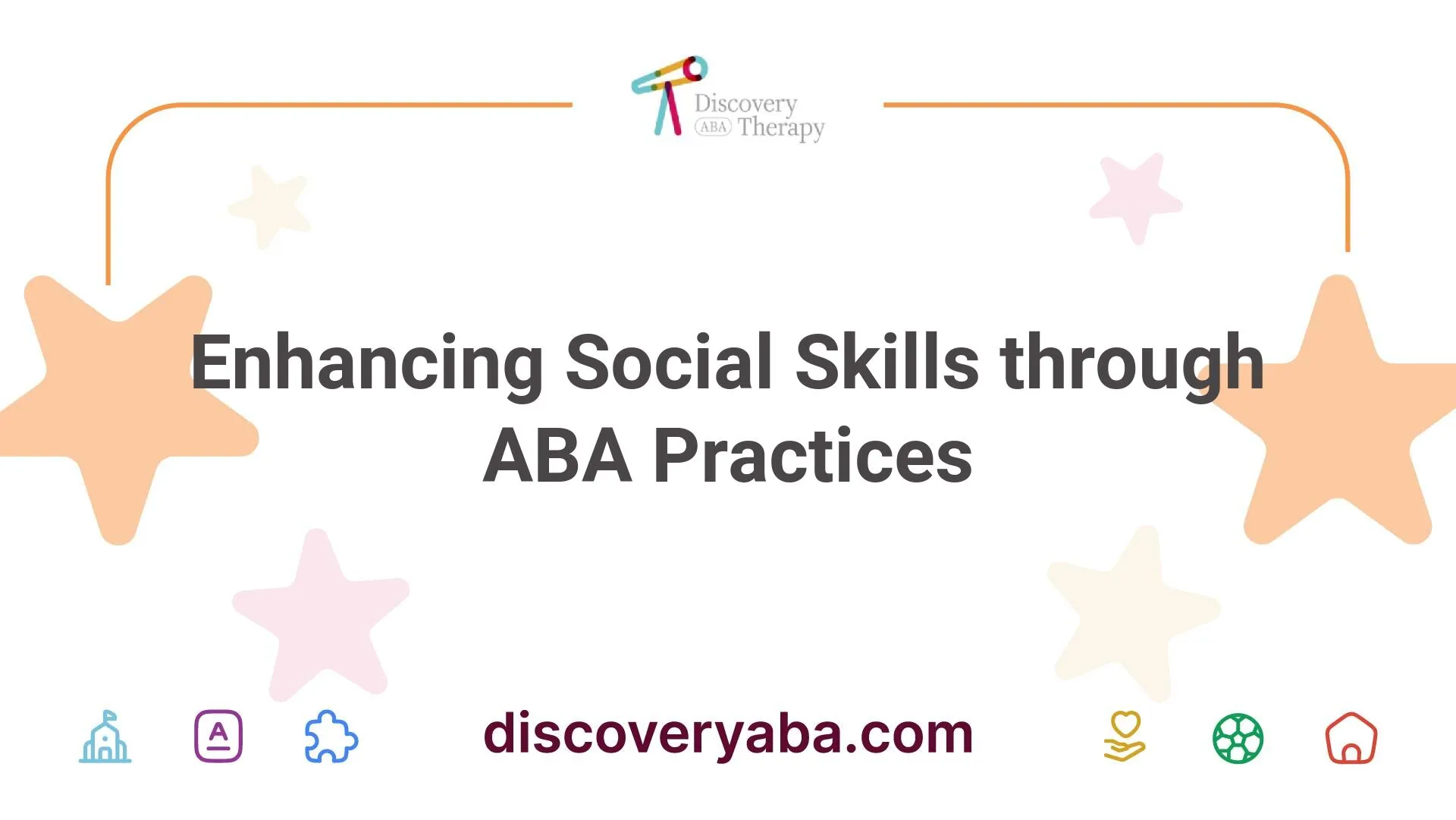
.webp)
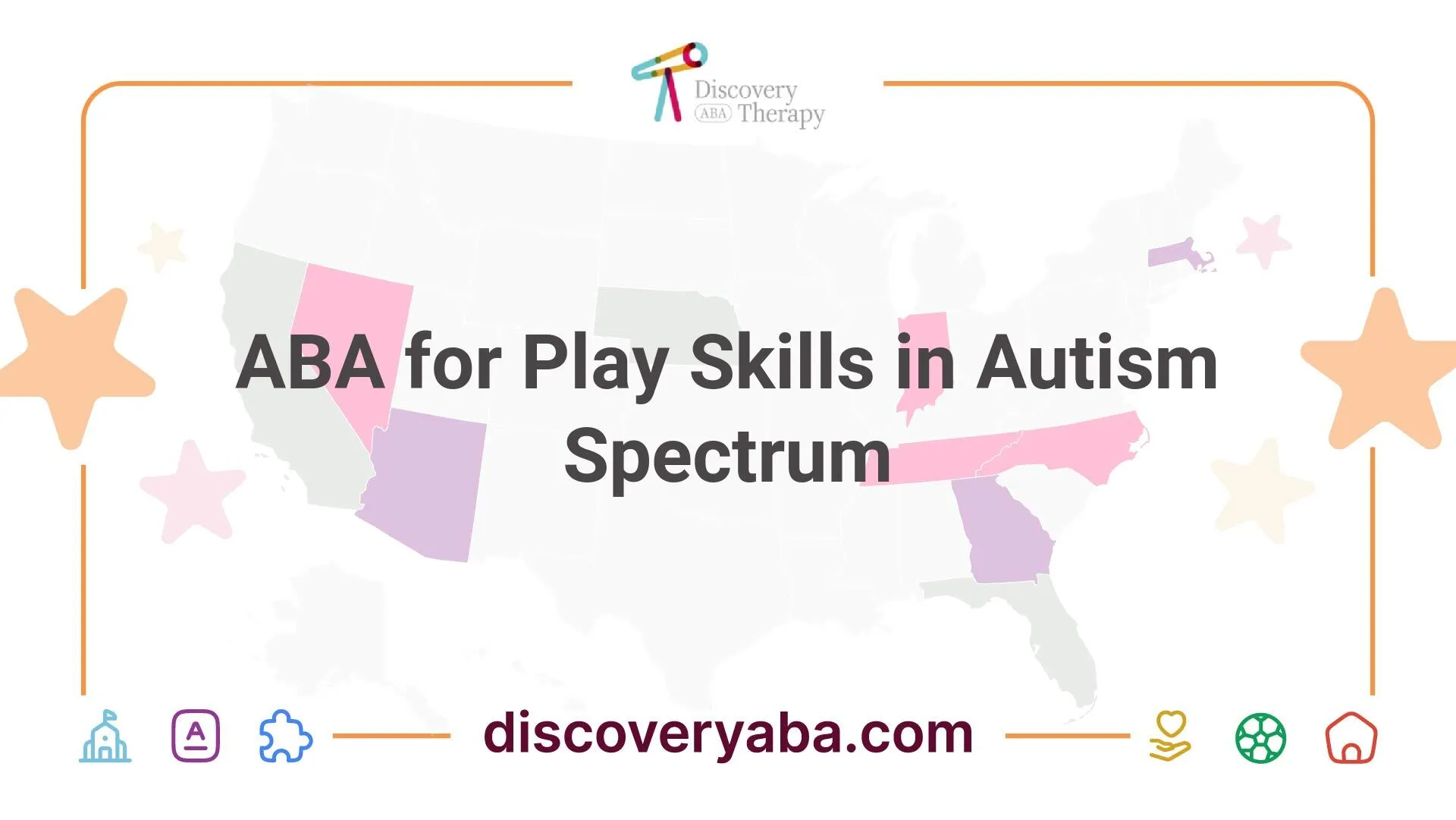
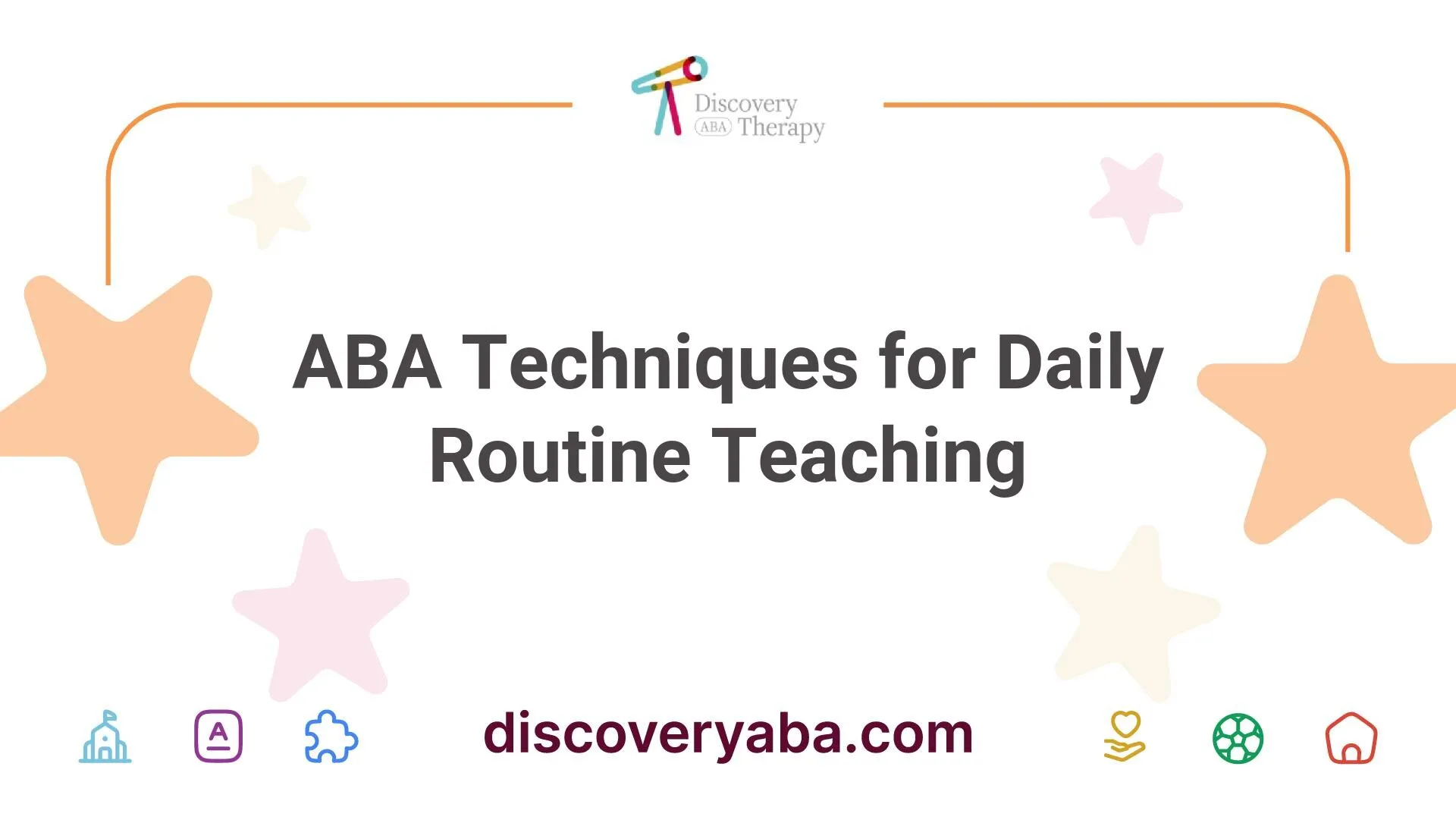
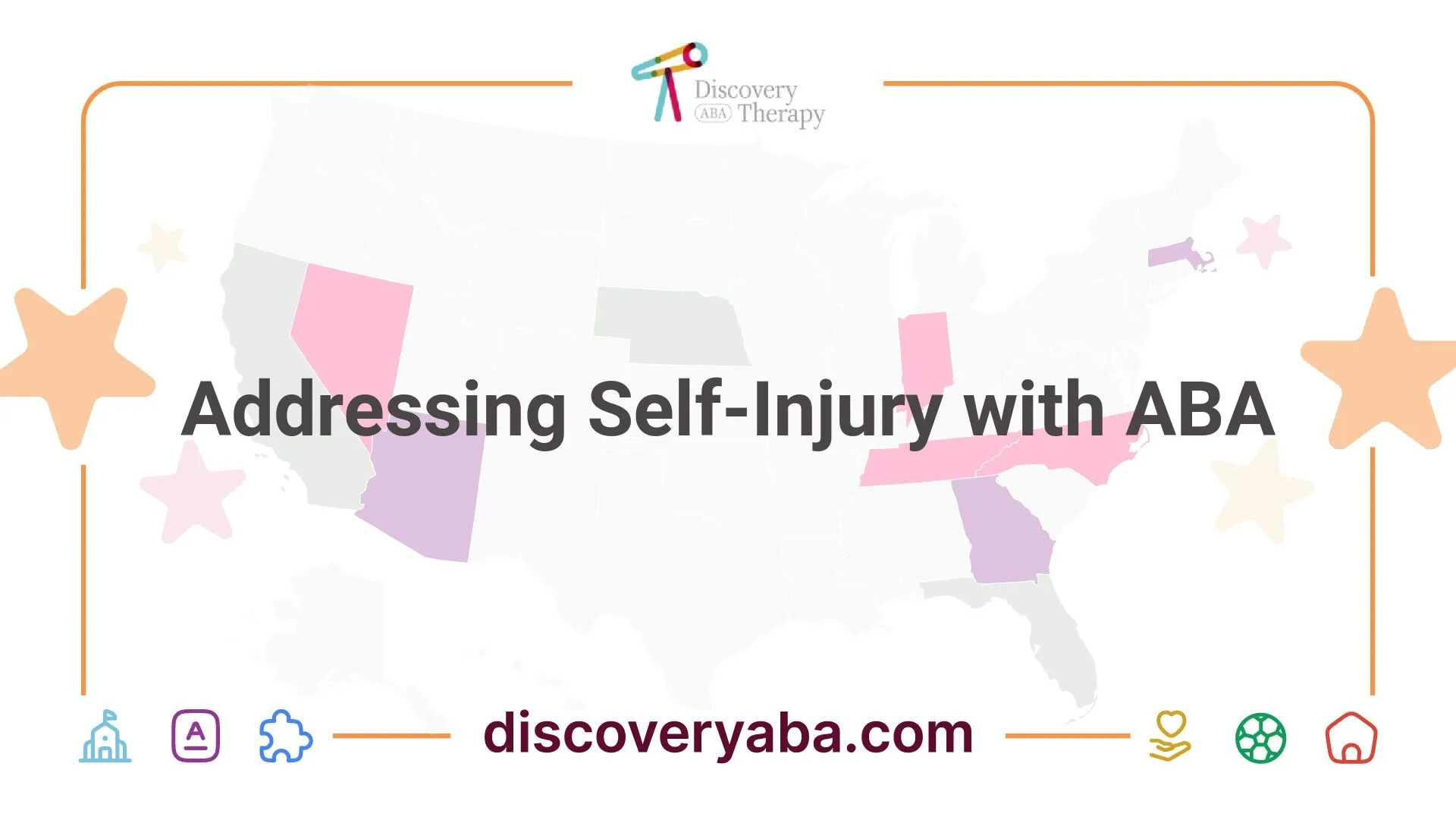


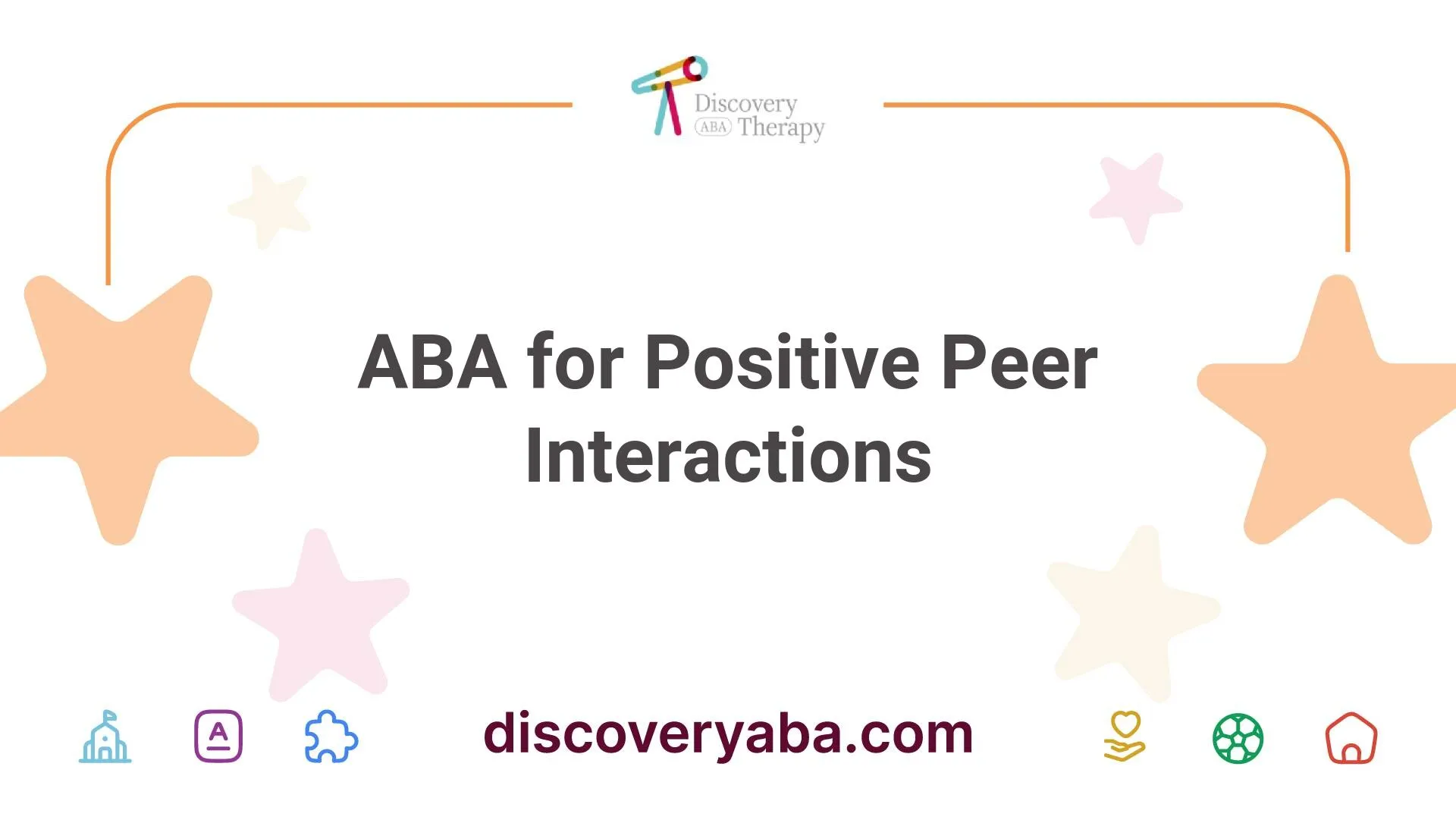
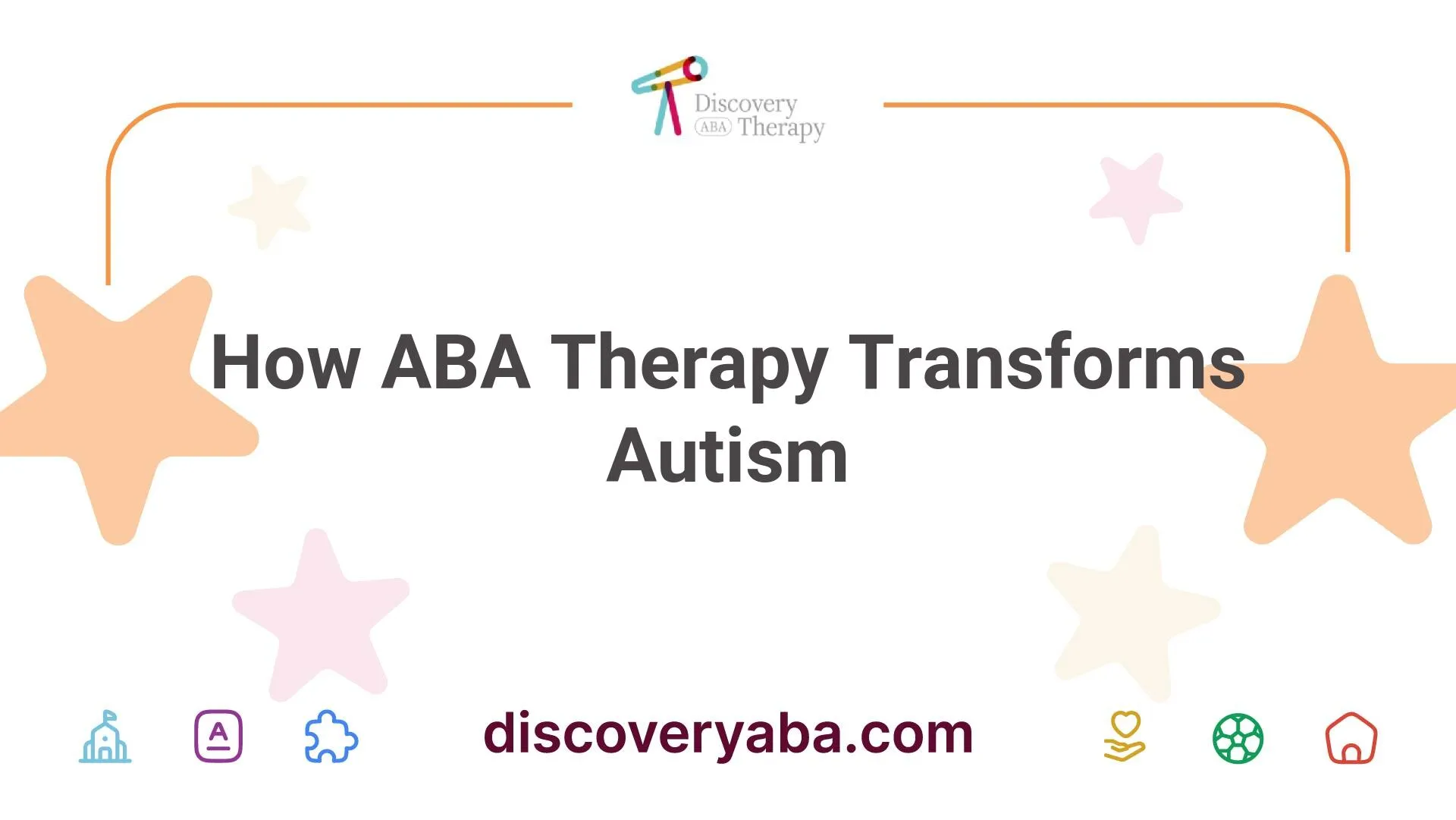

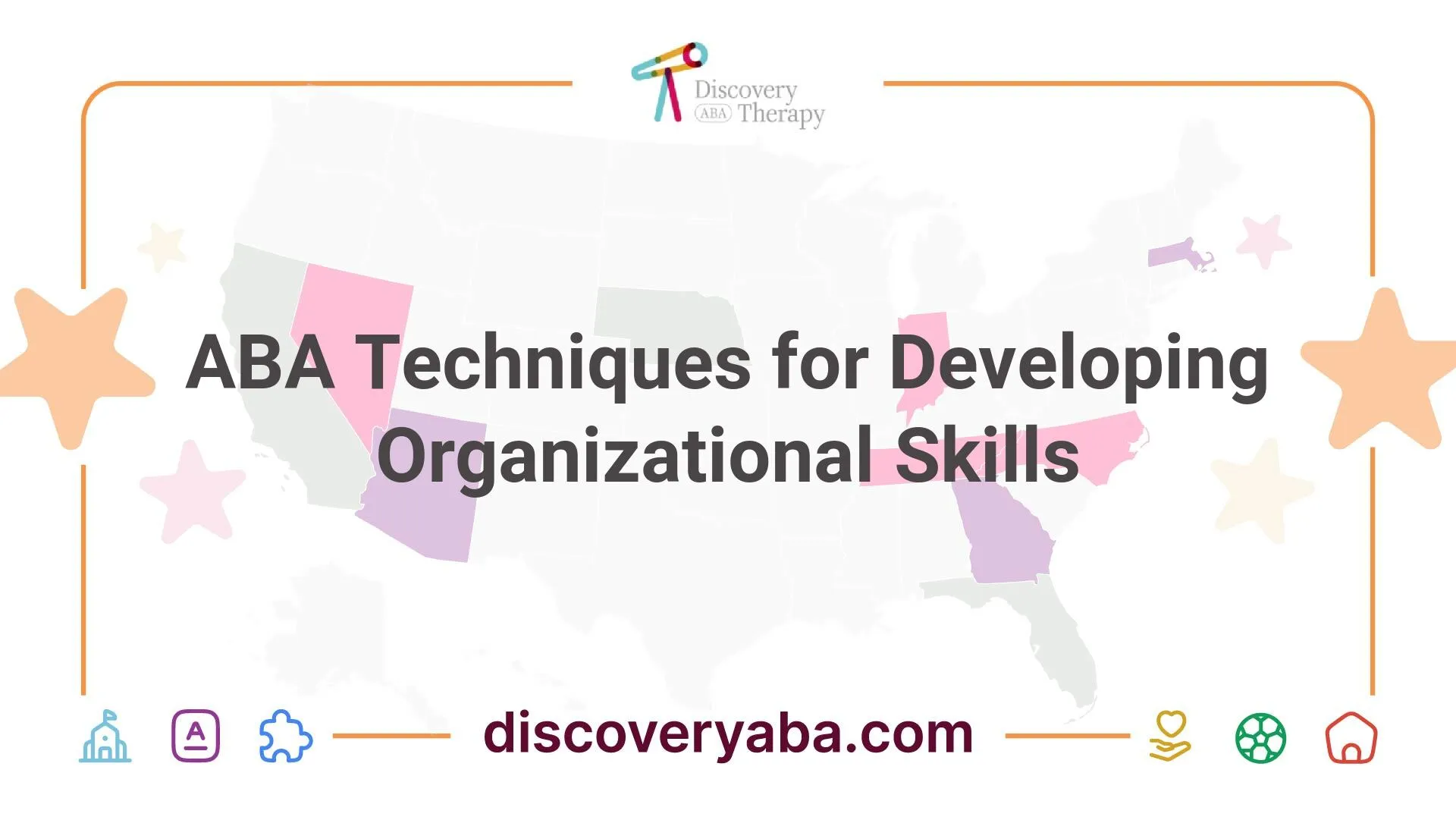
.webp)

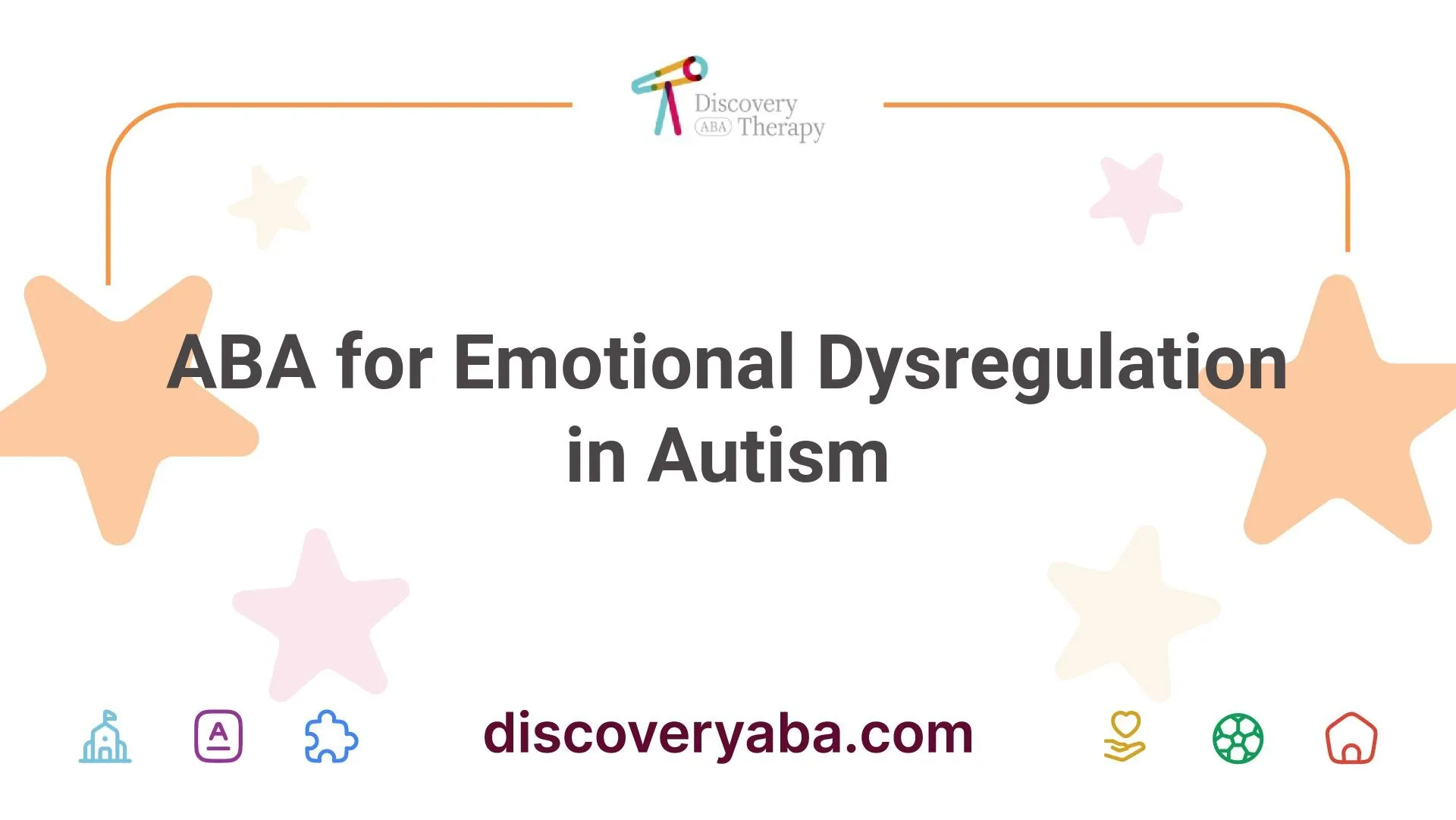
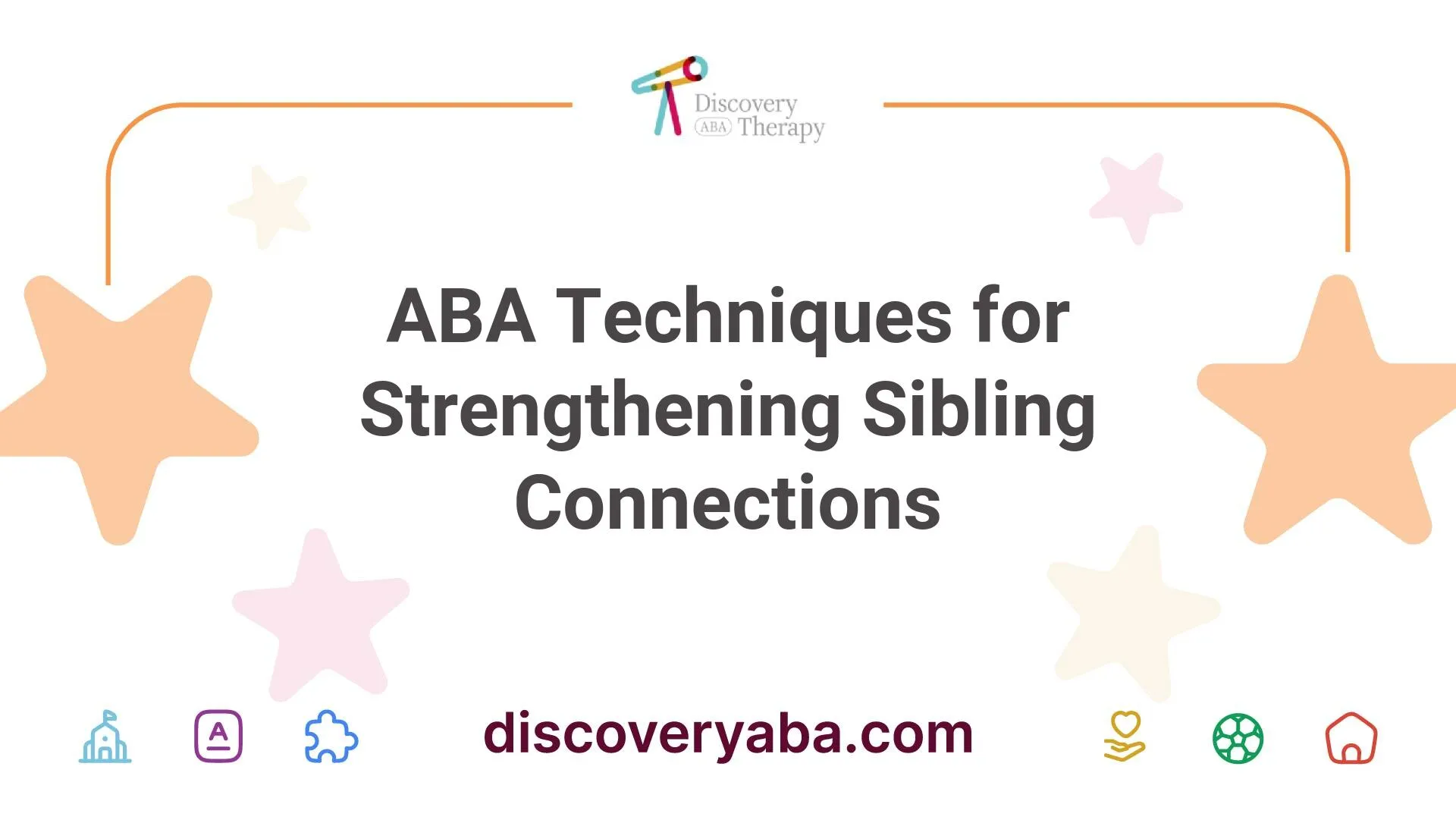
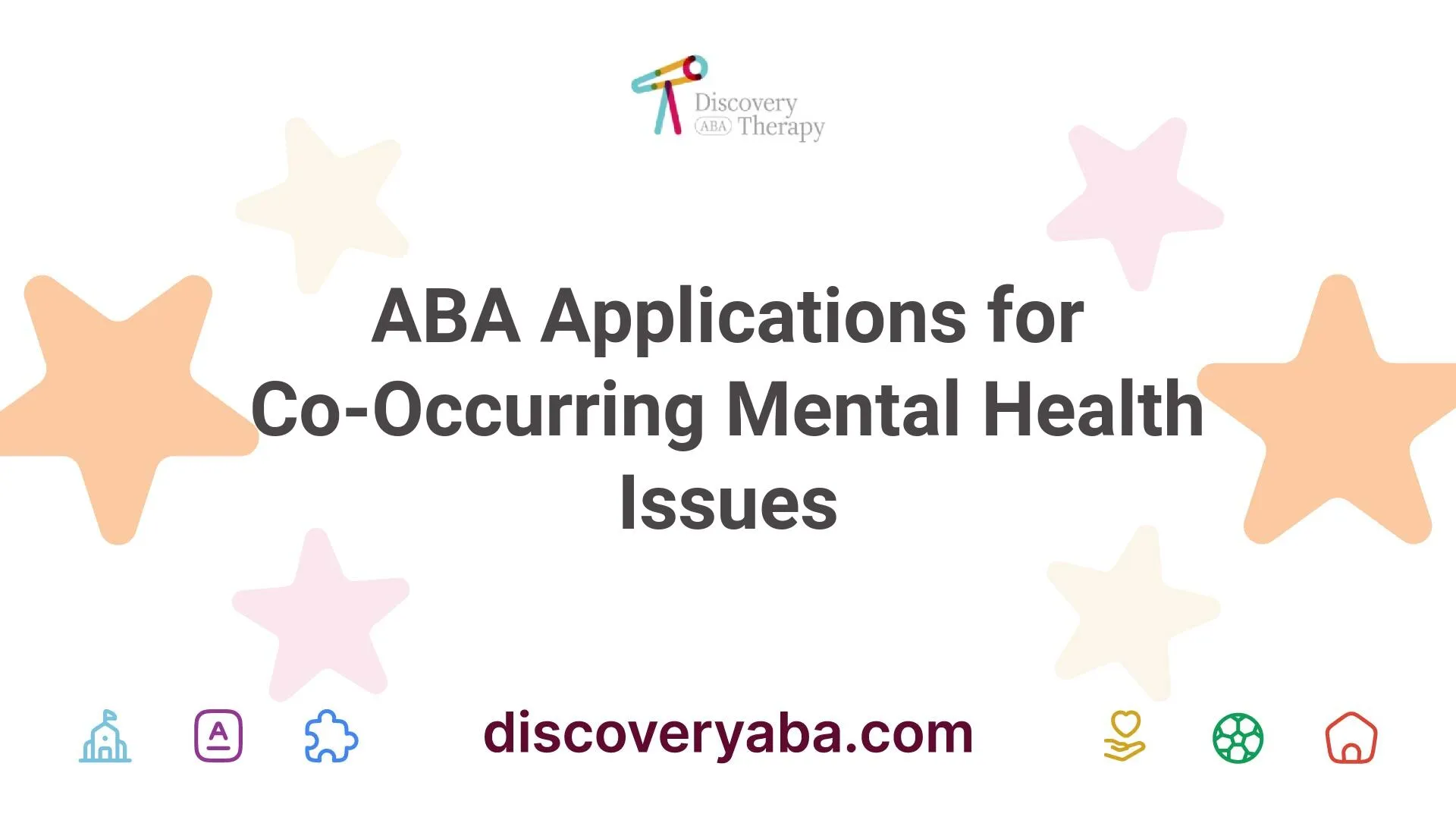
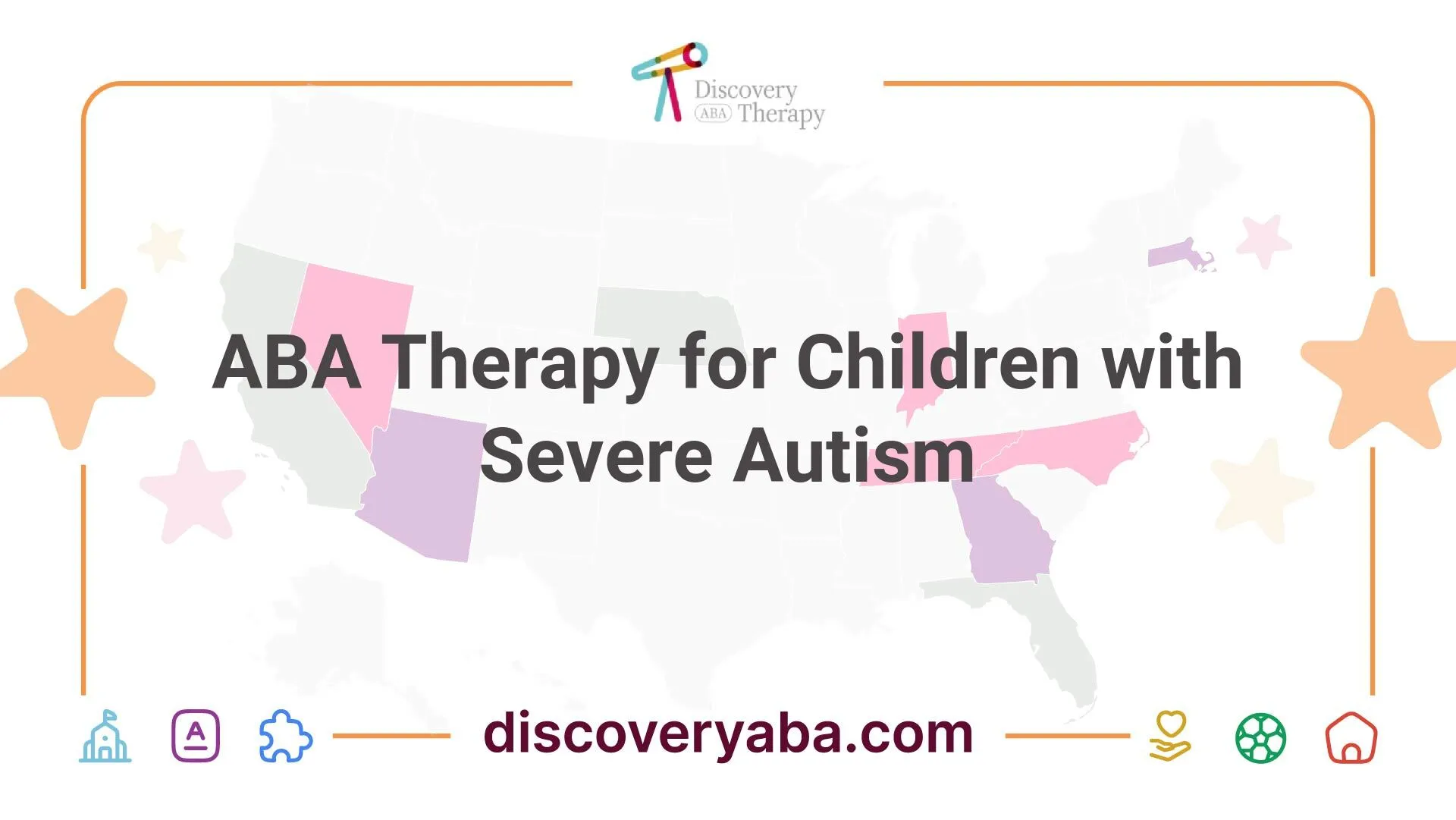

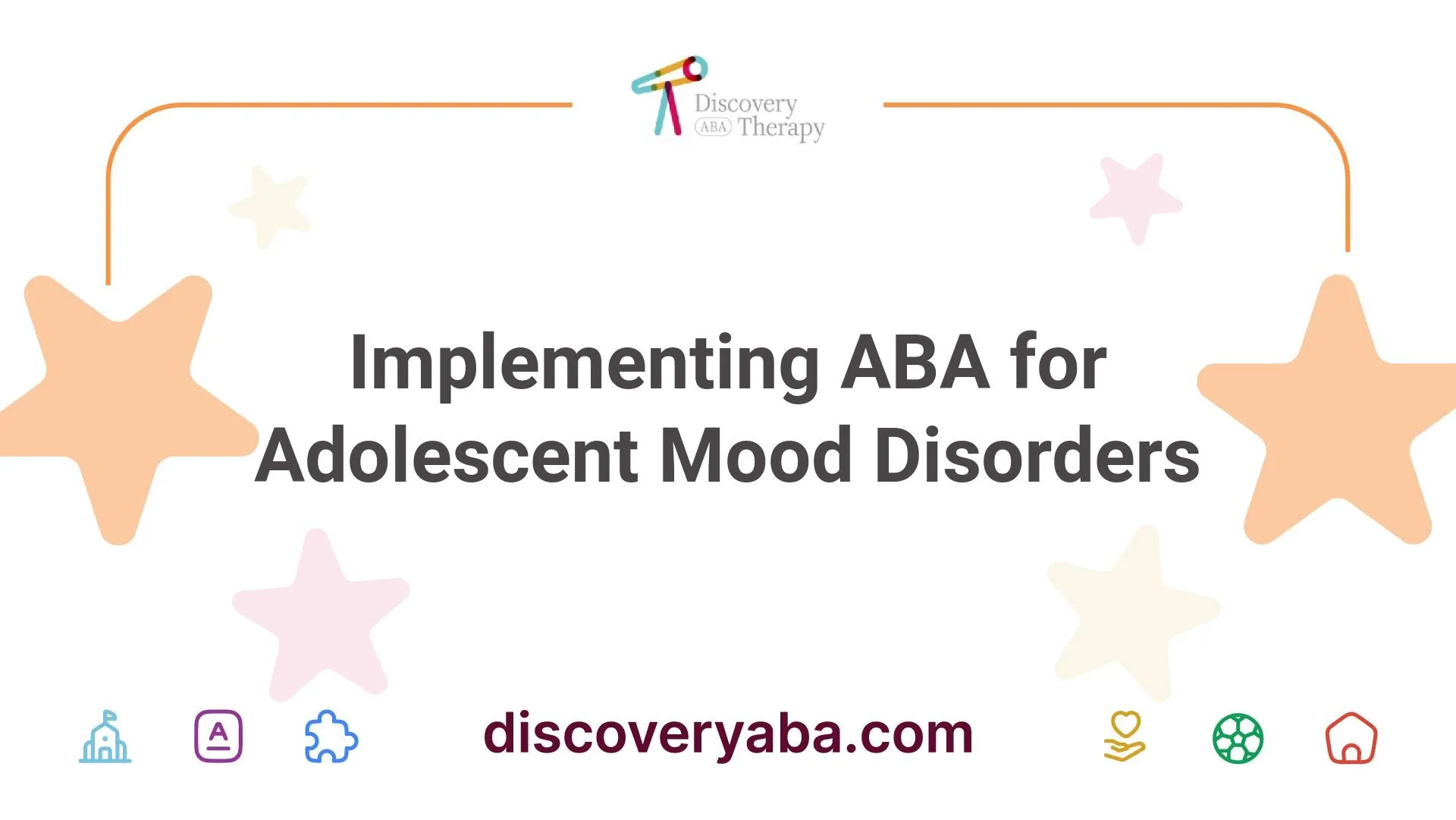
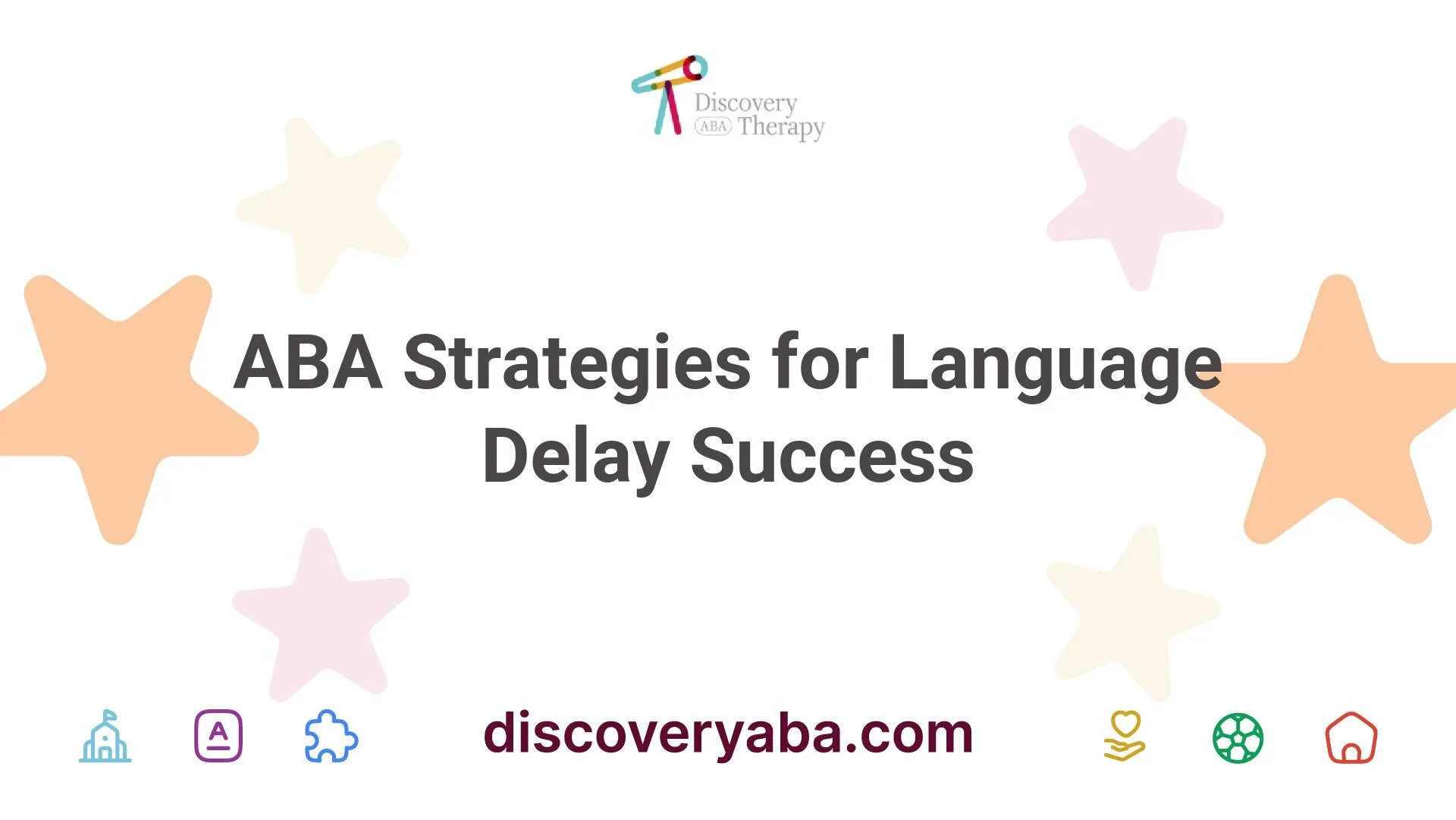
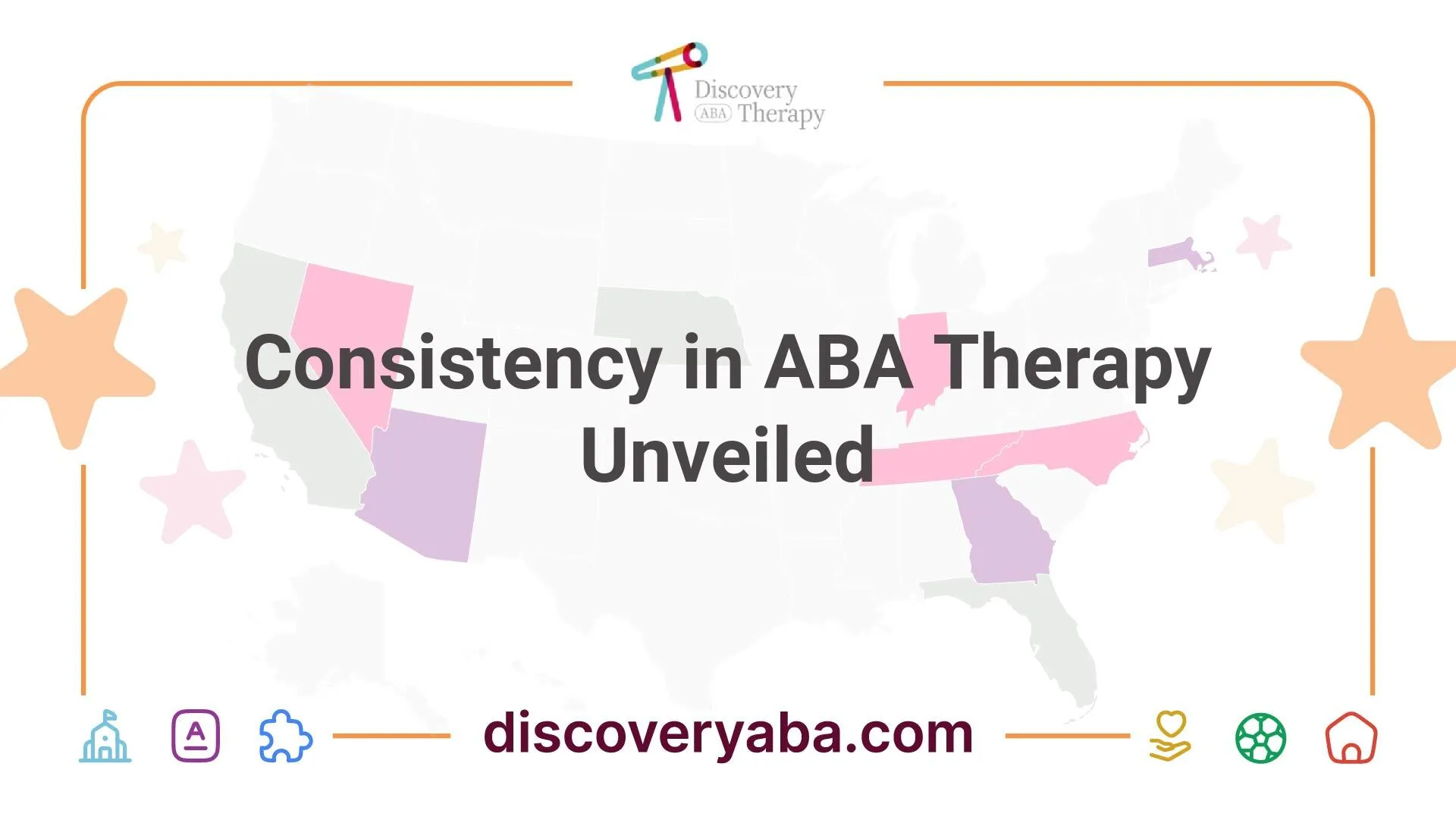
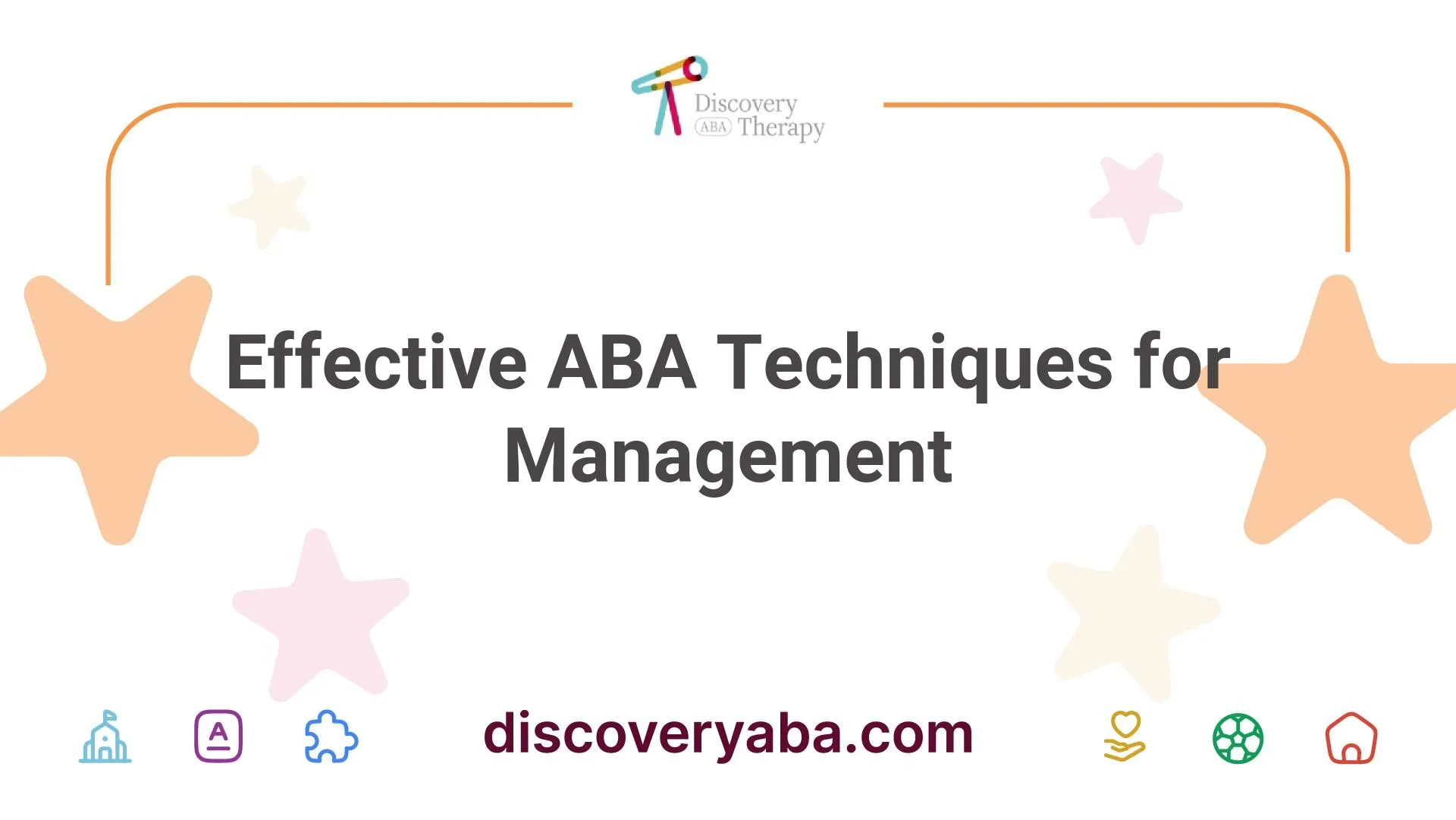
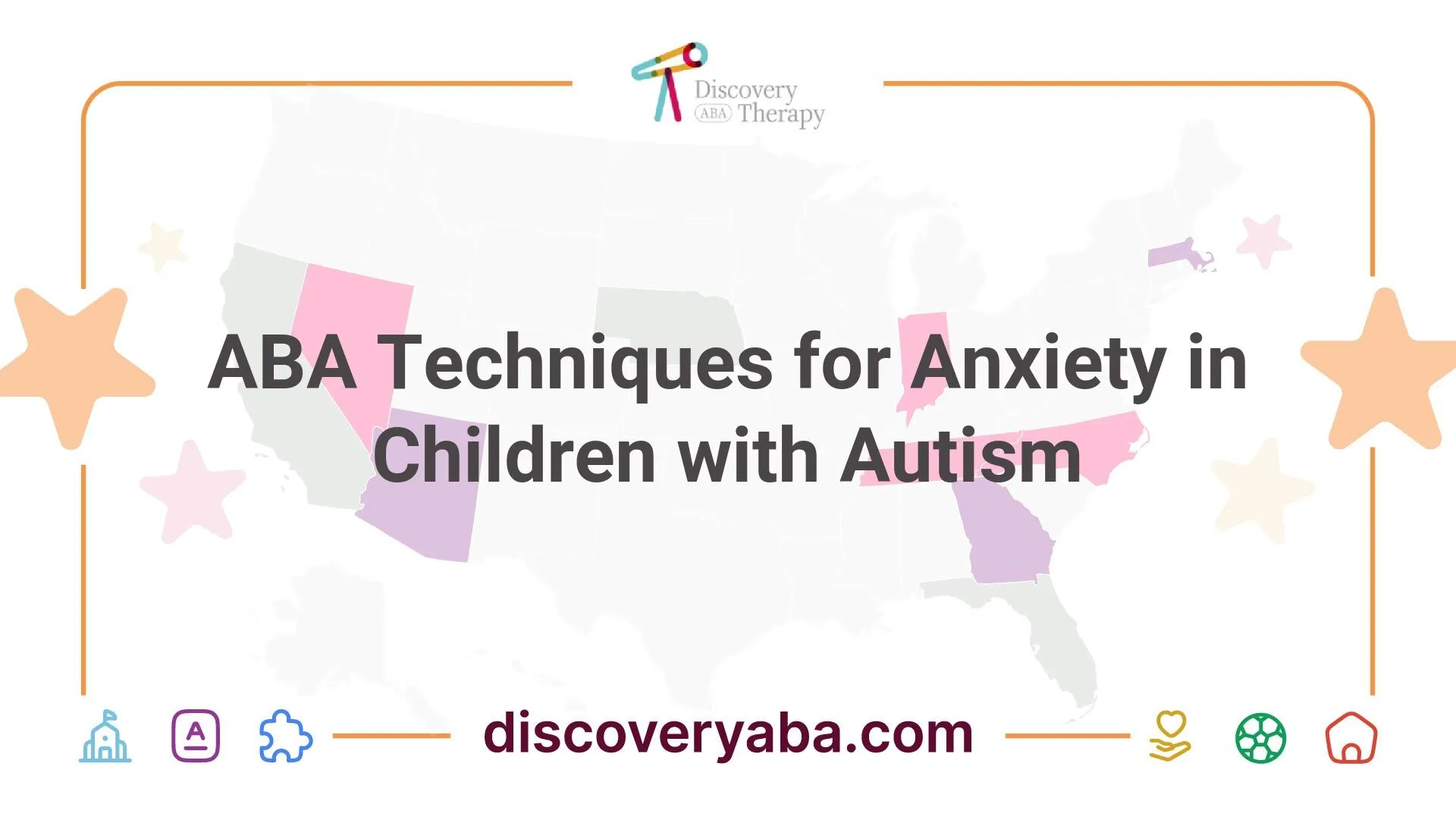
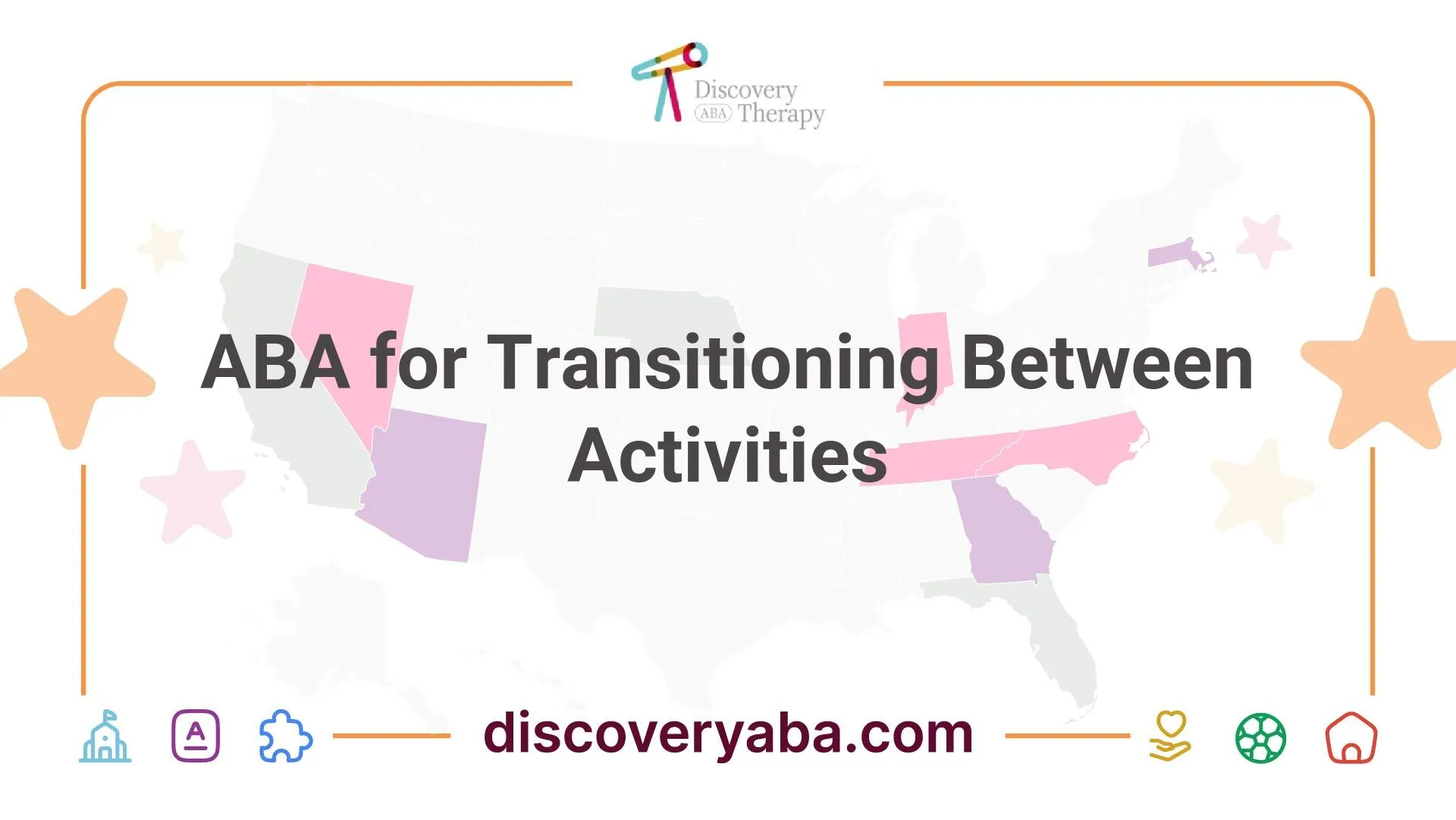
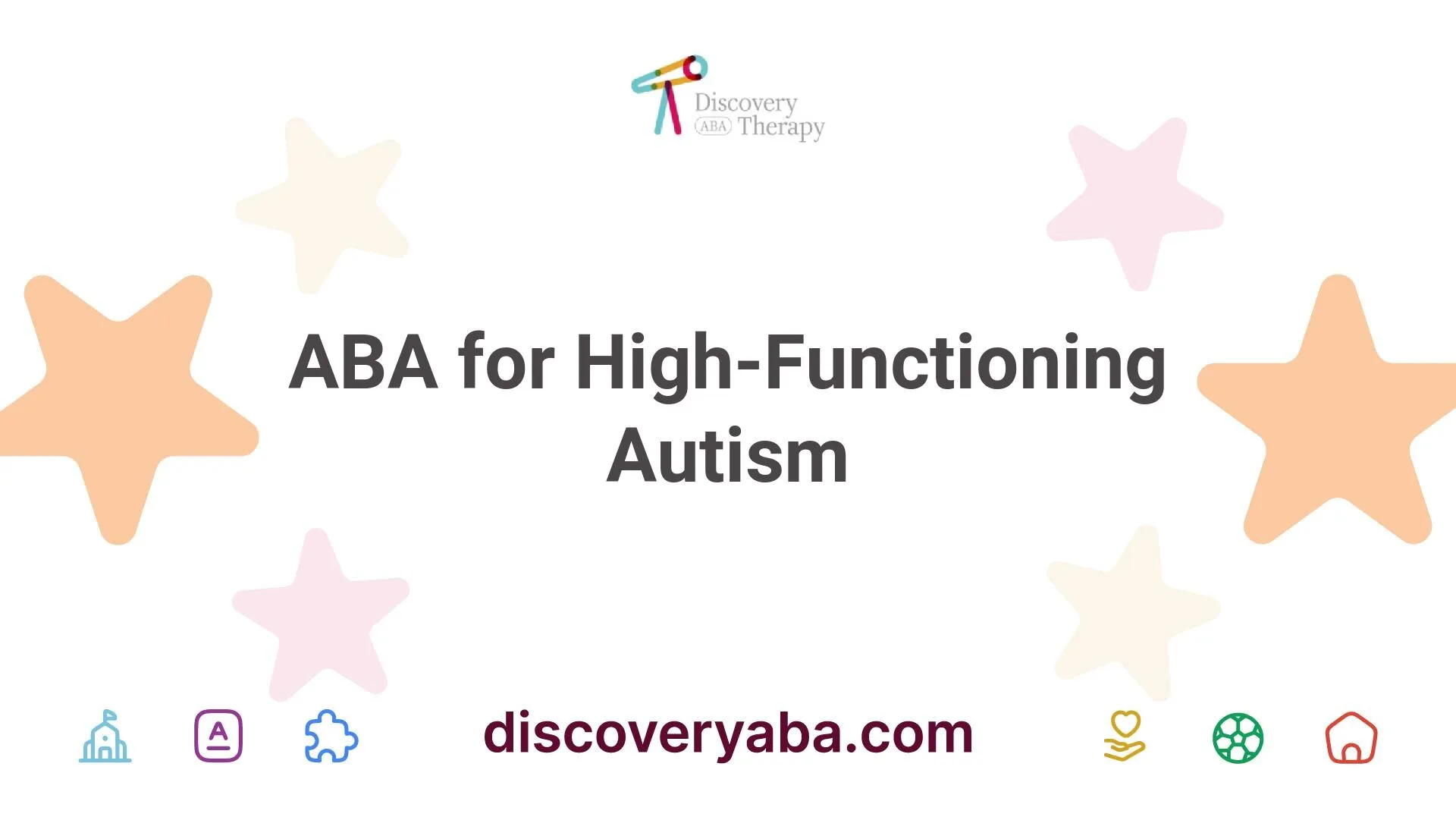
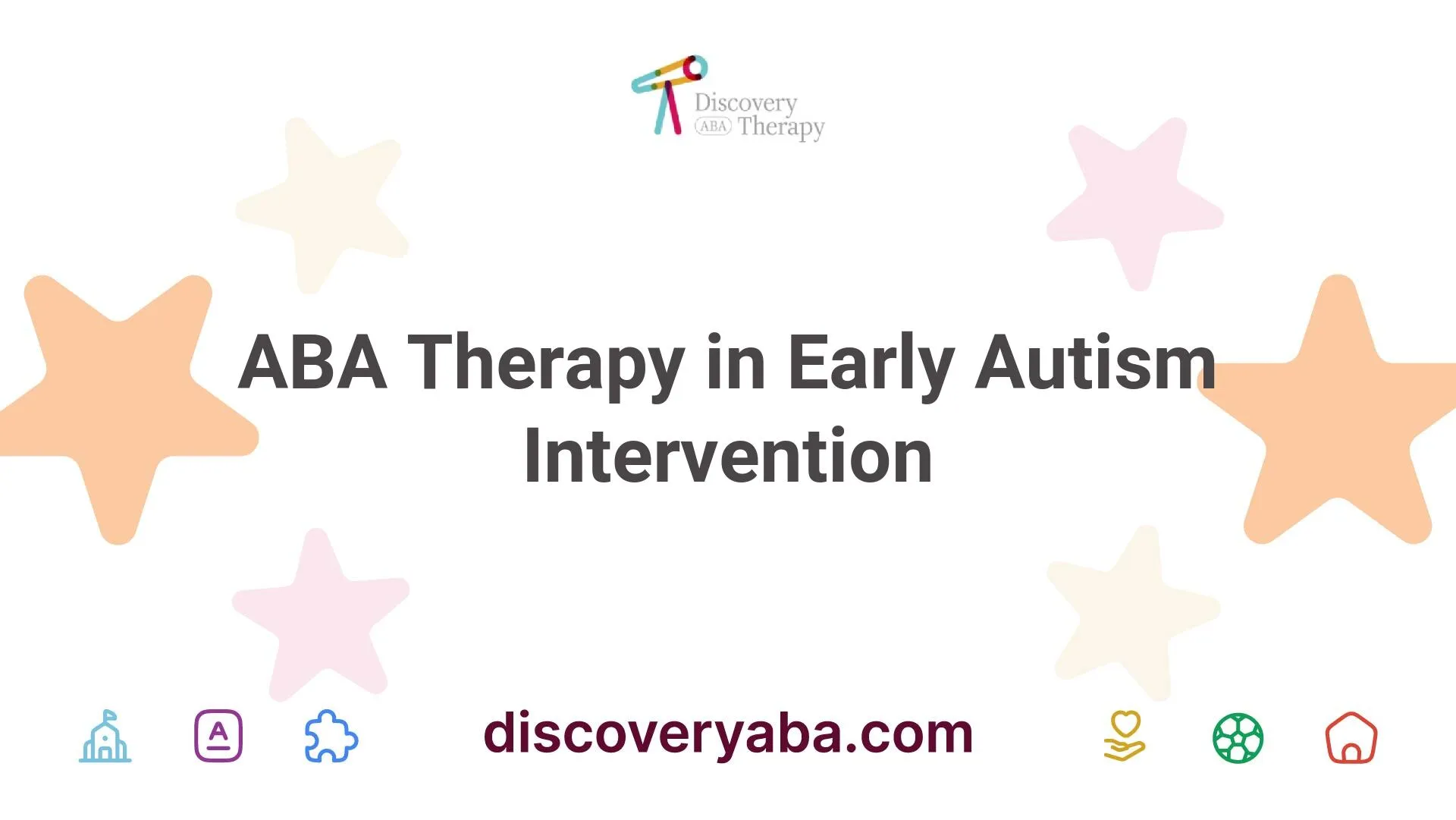
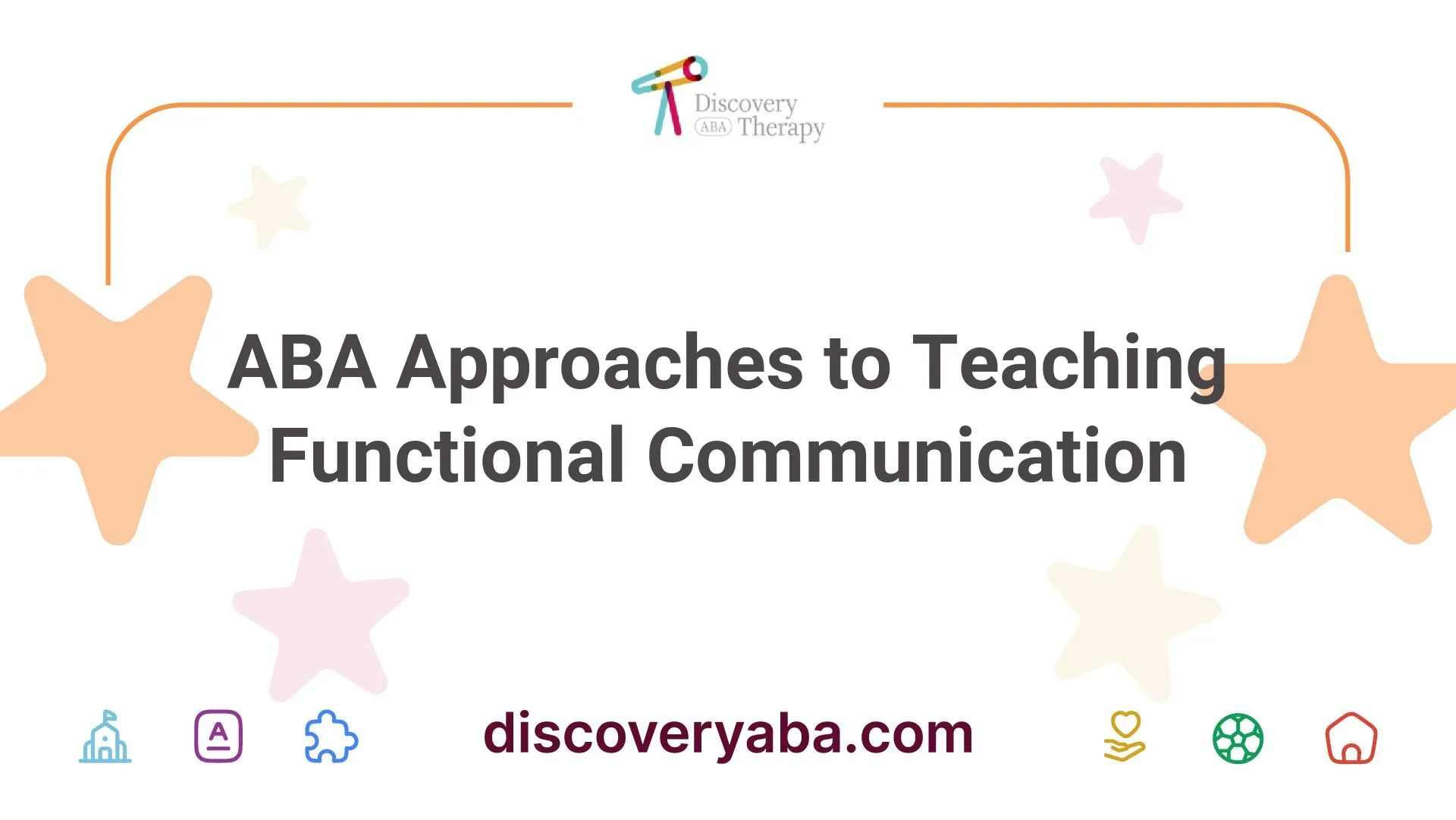

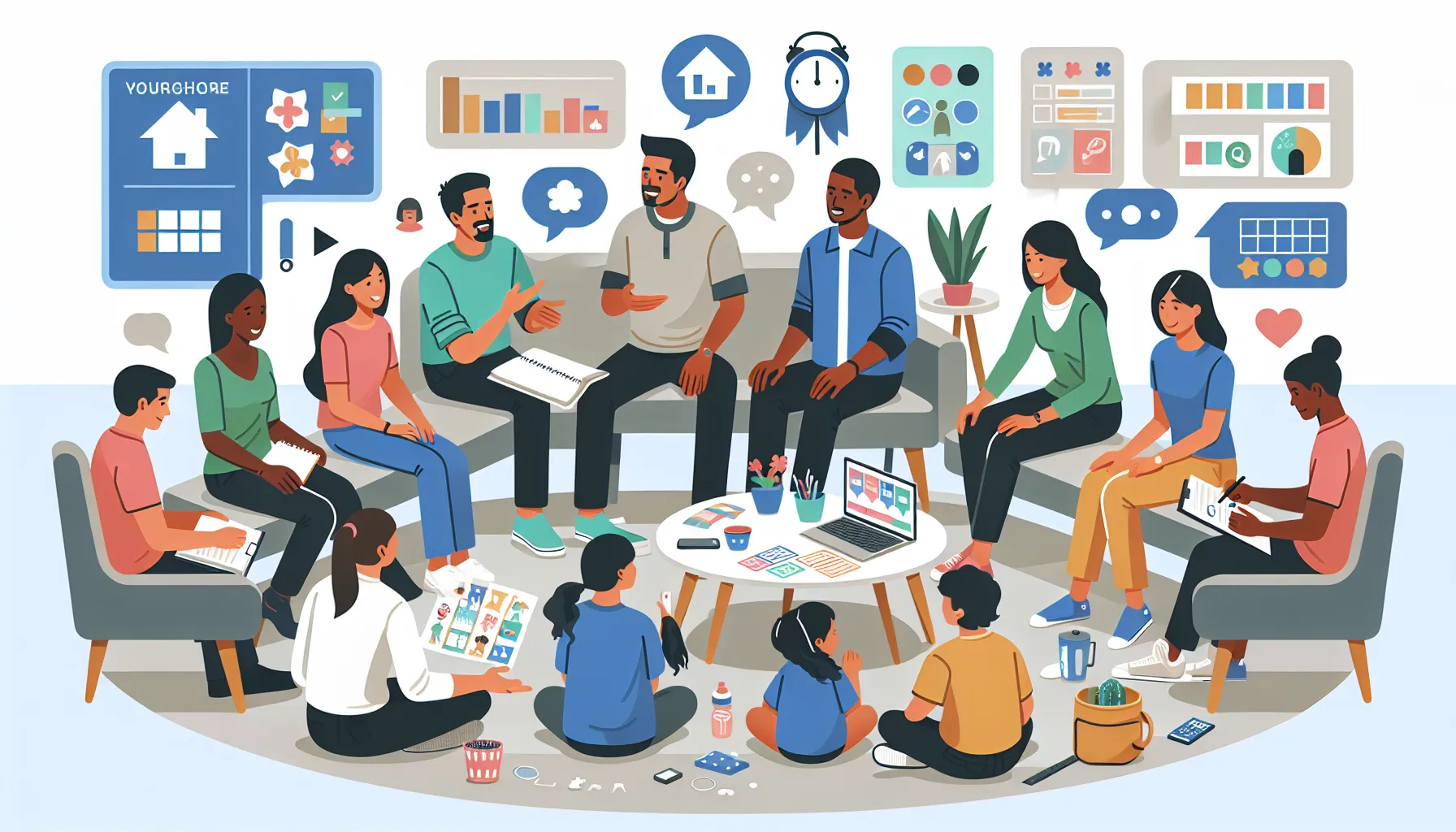
.webp)

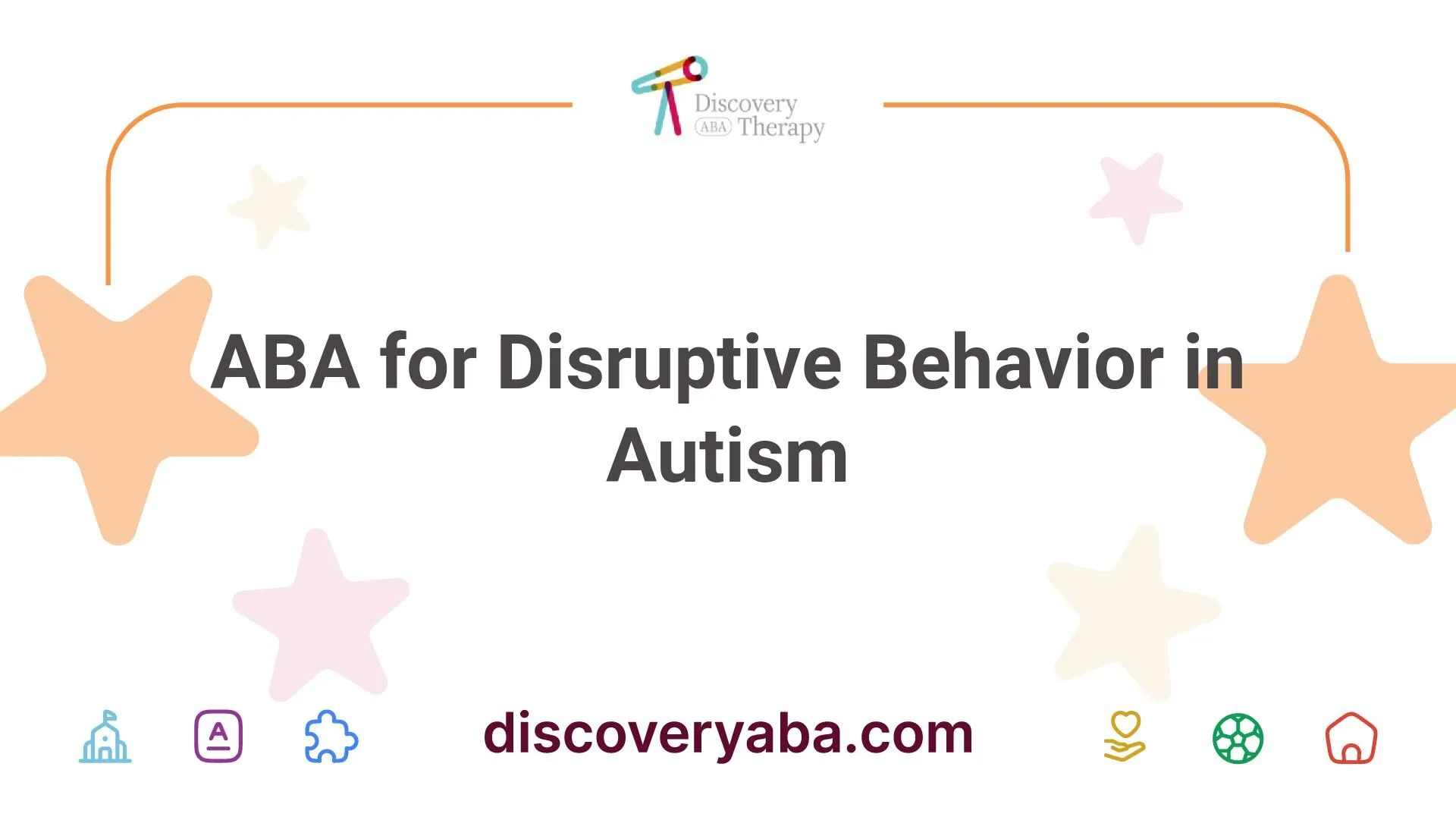
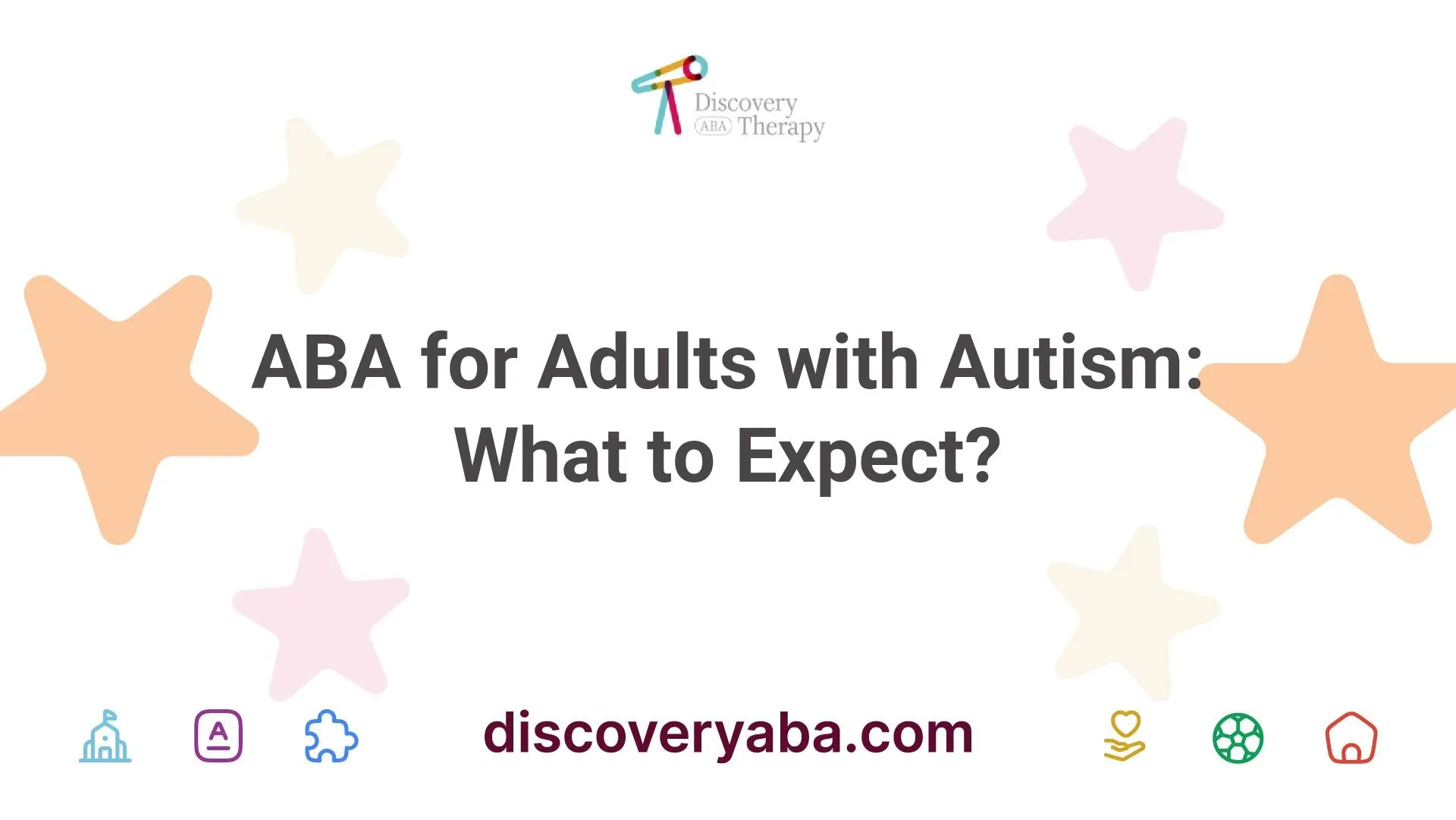
.webp)
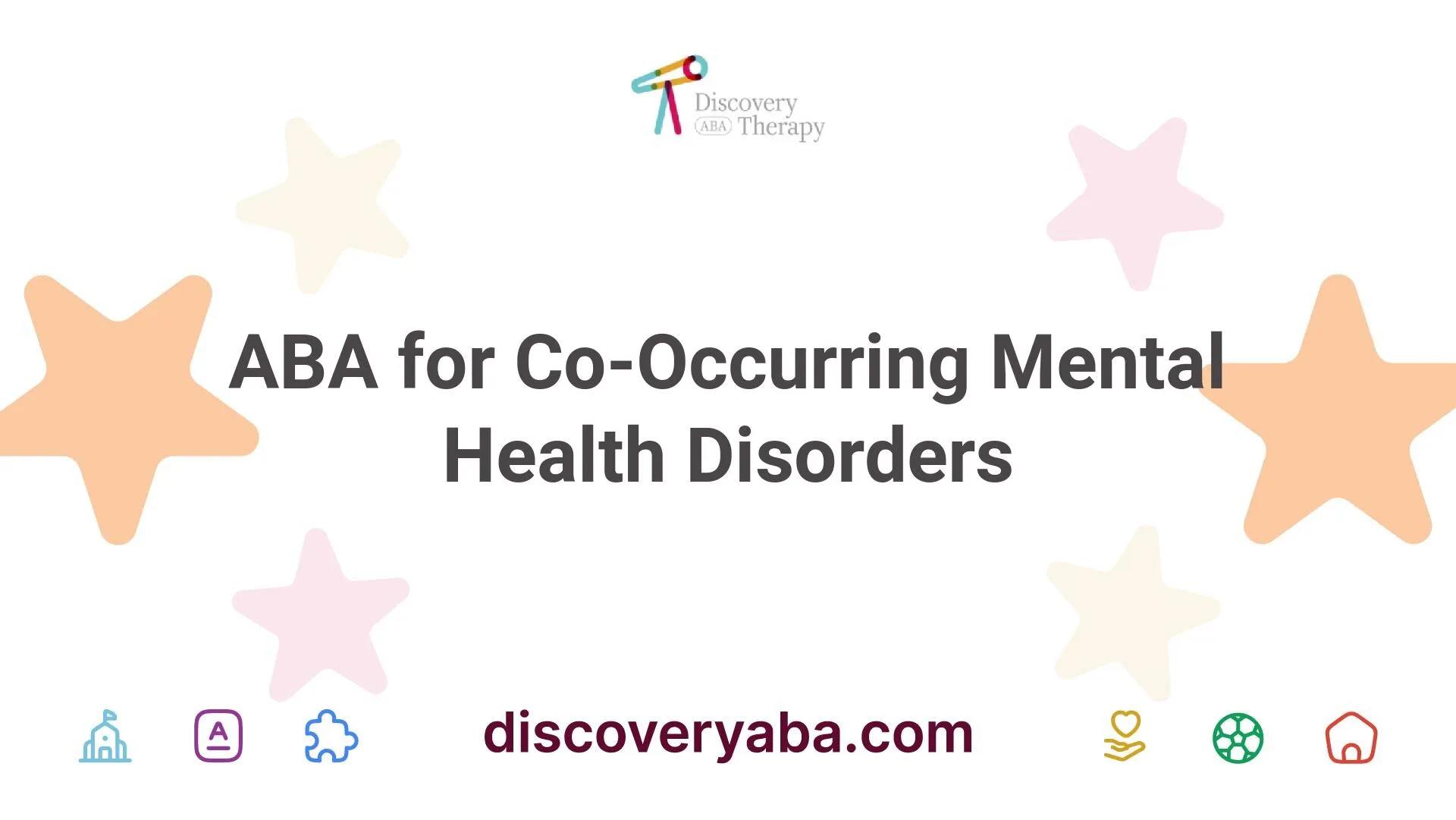

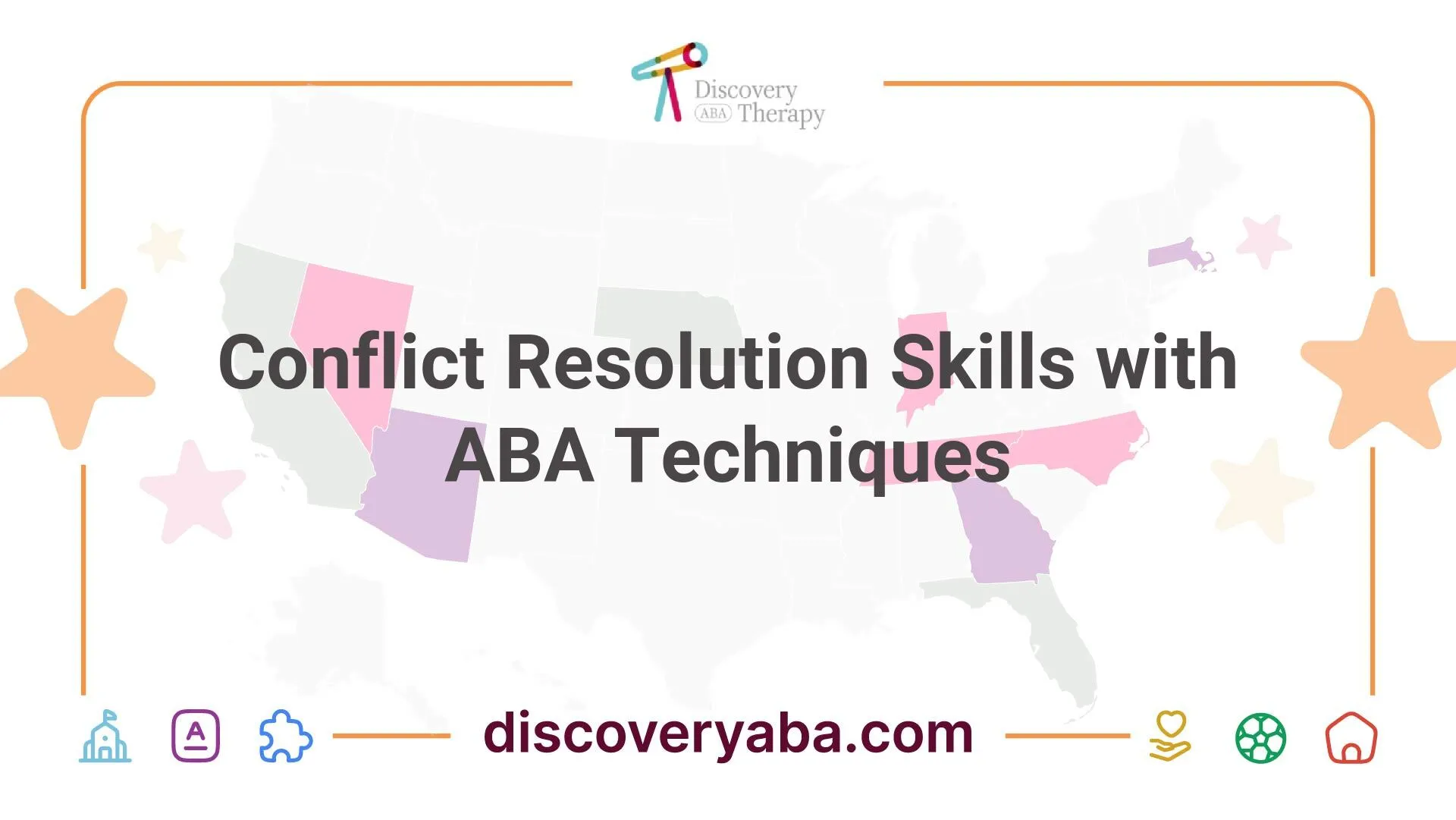
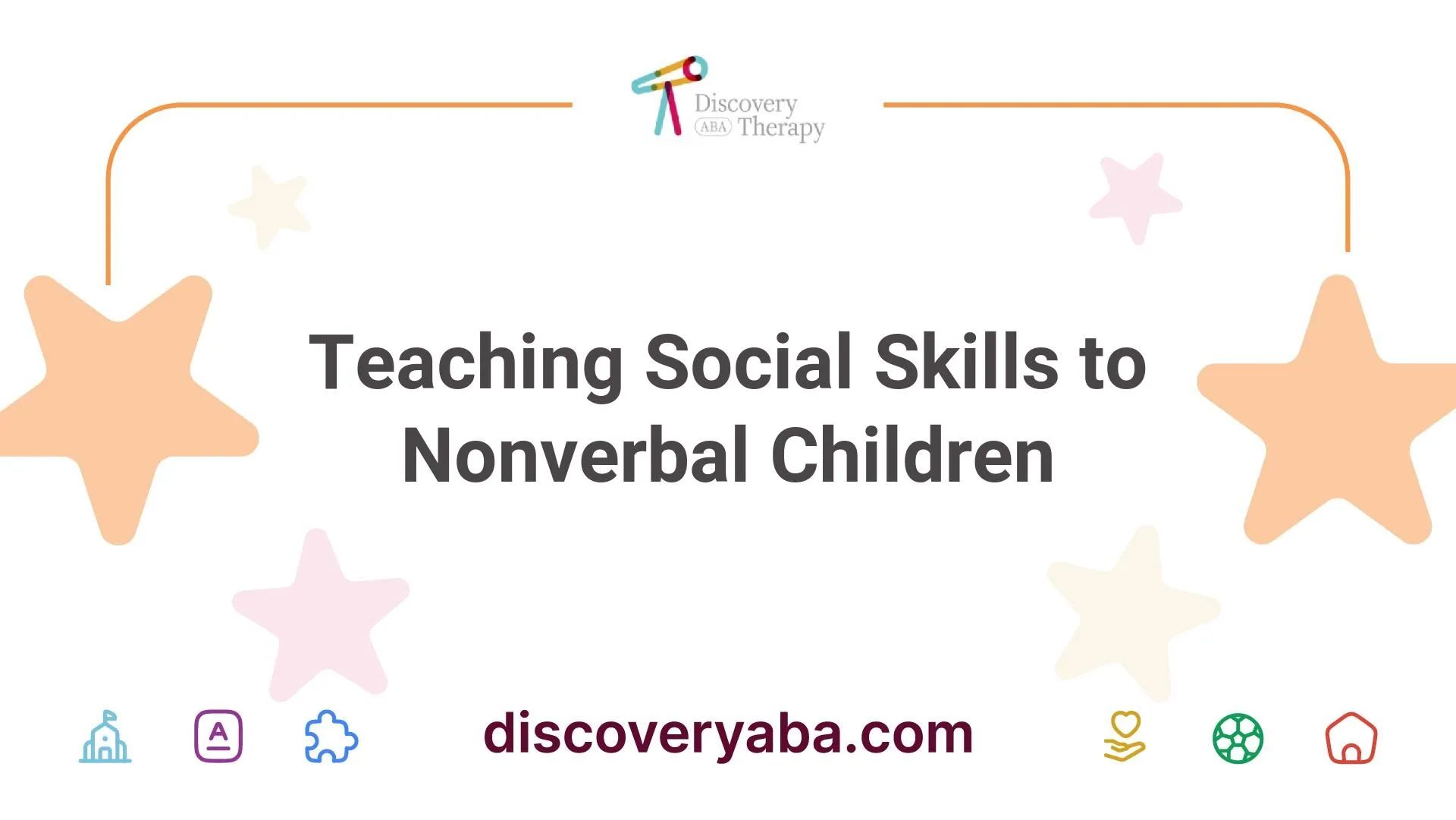
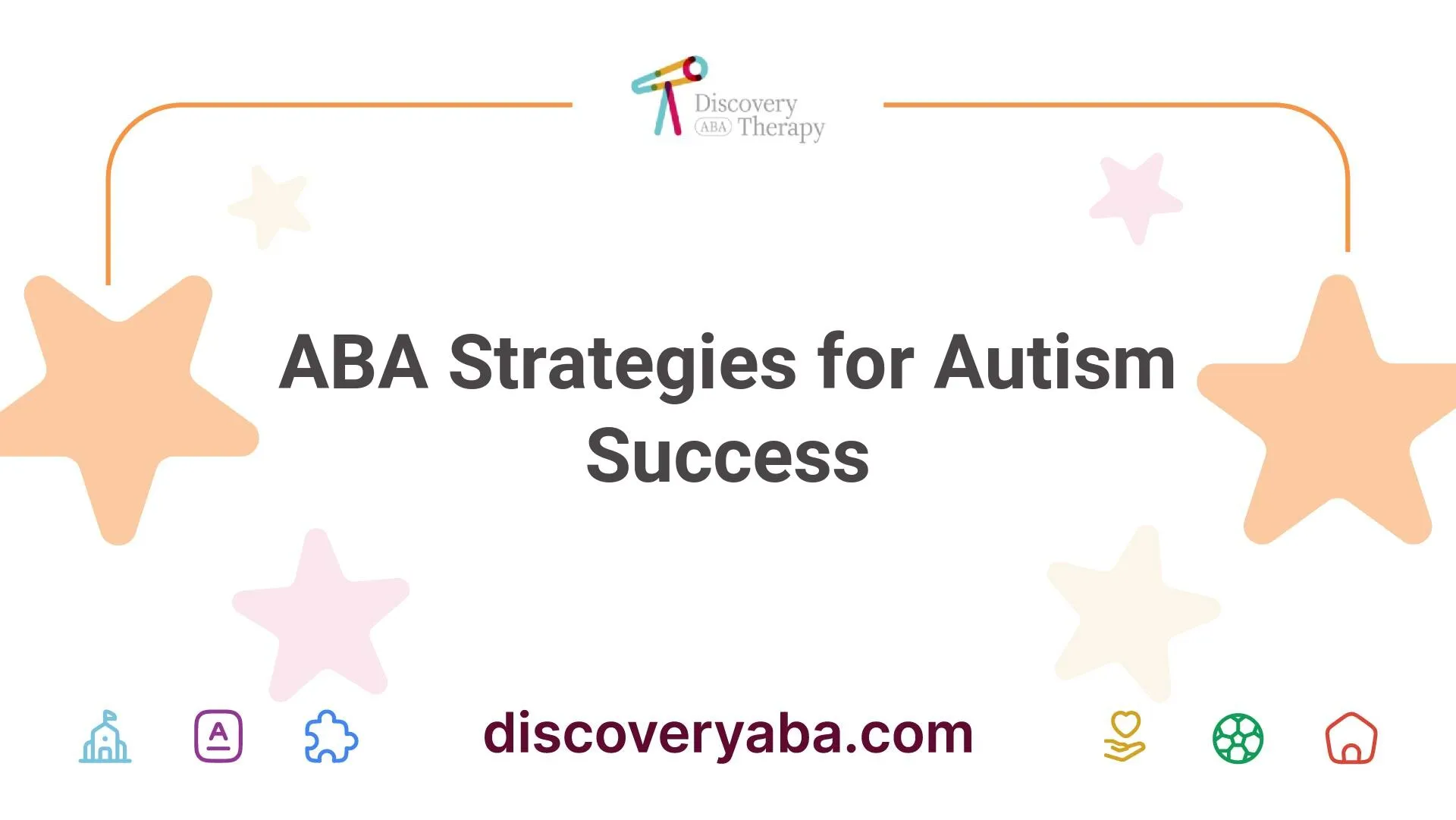
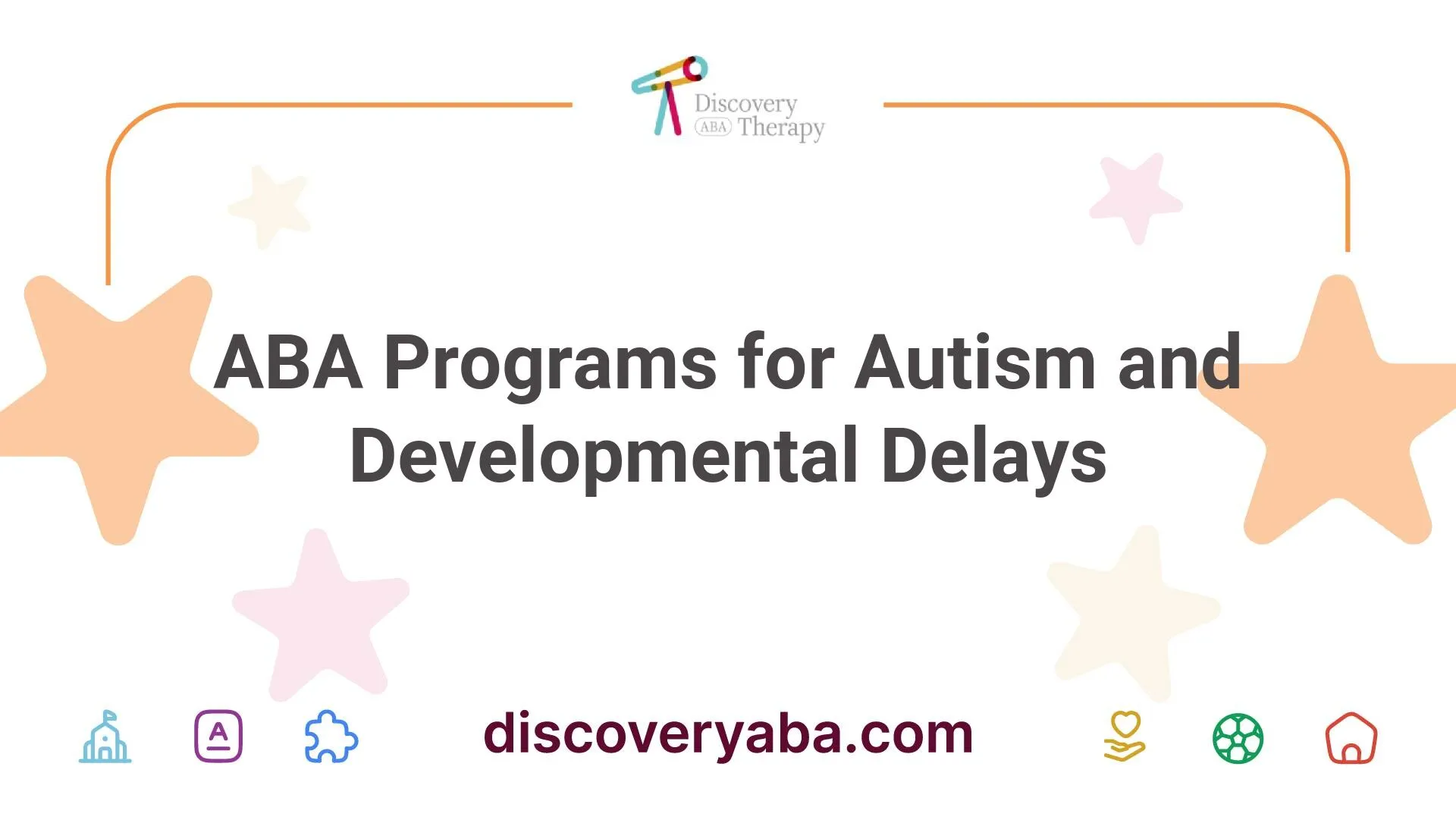
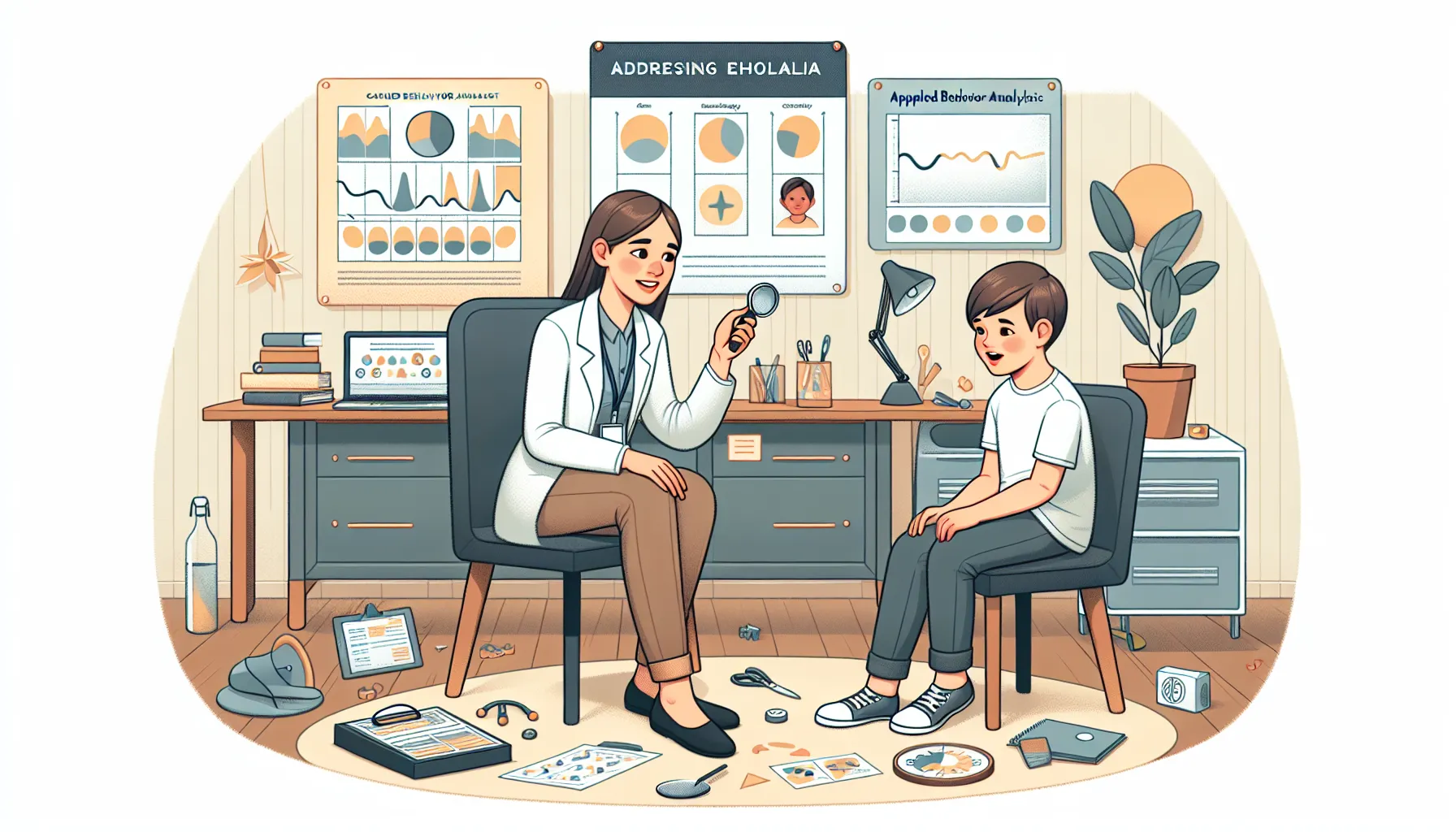

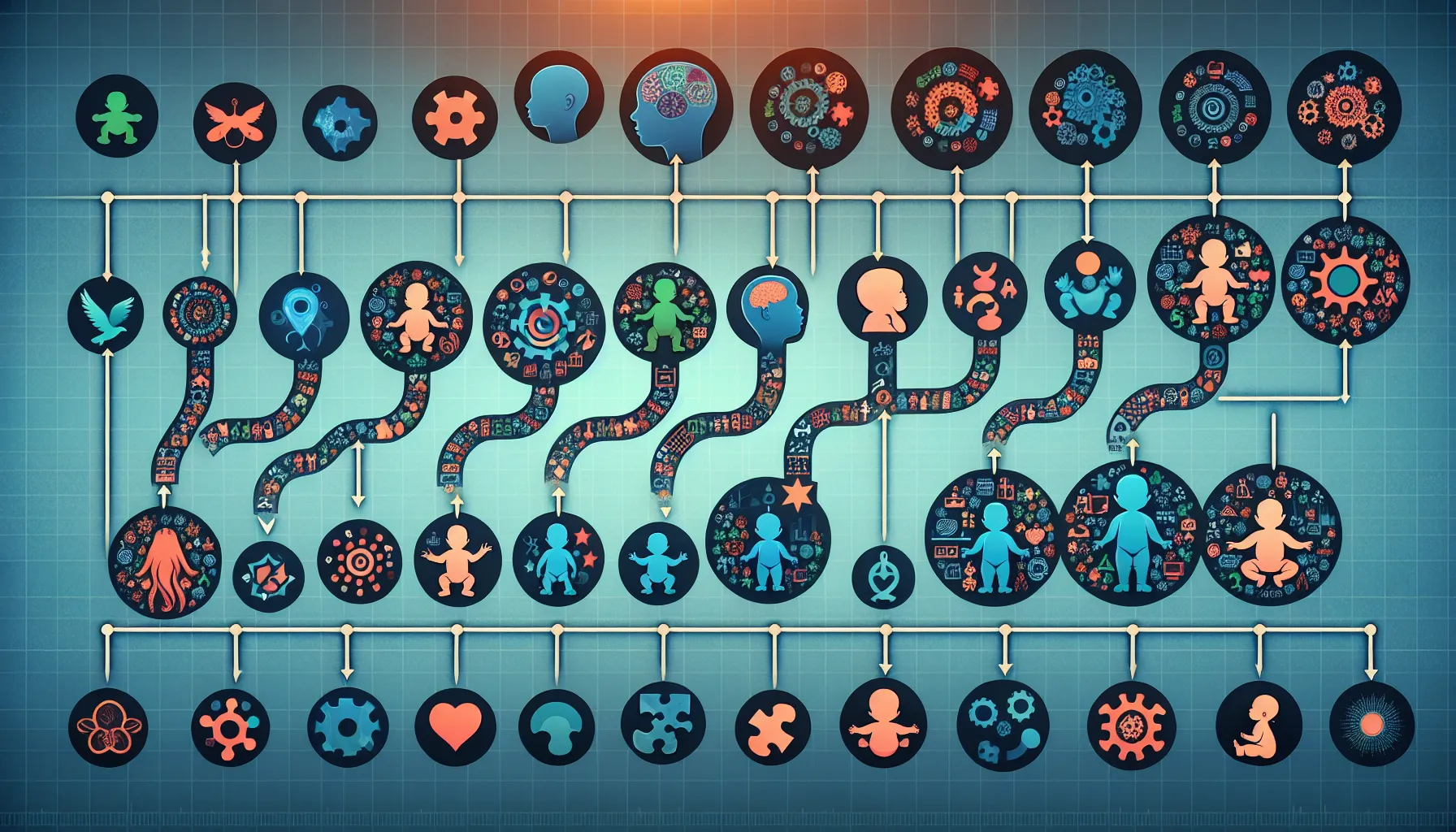

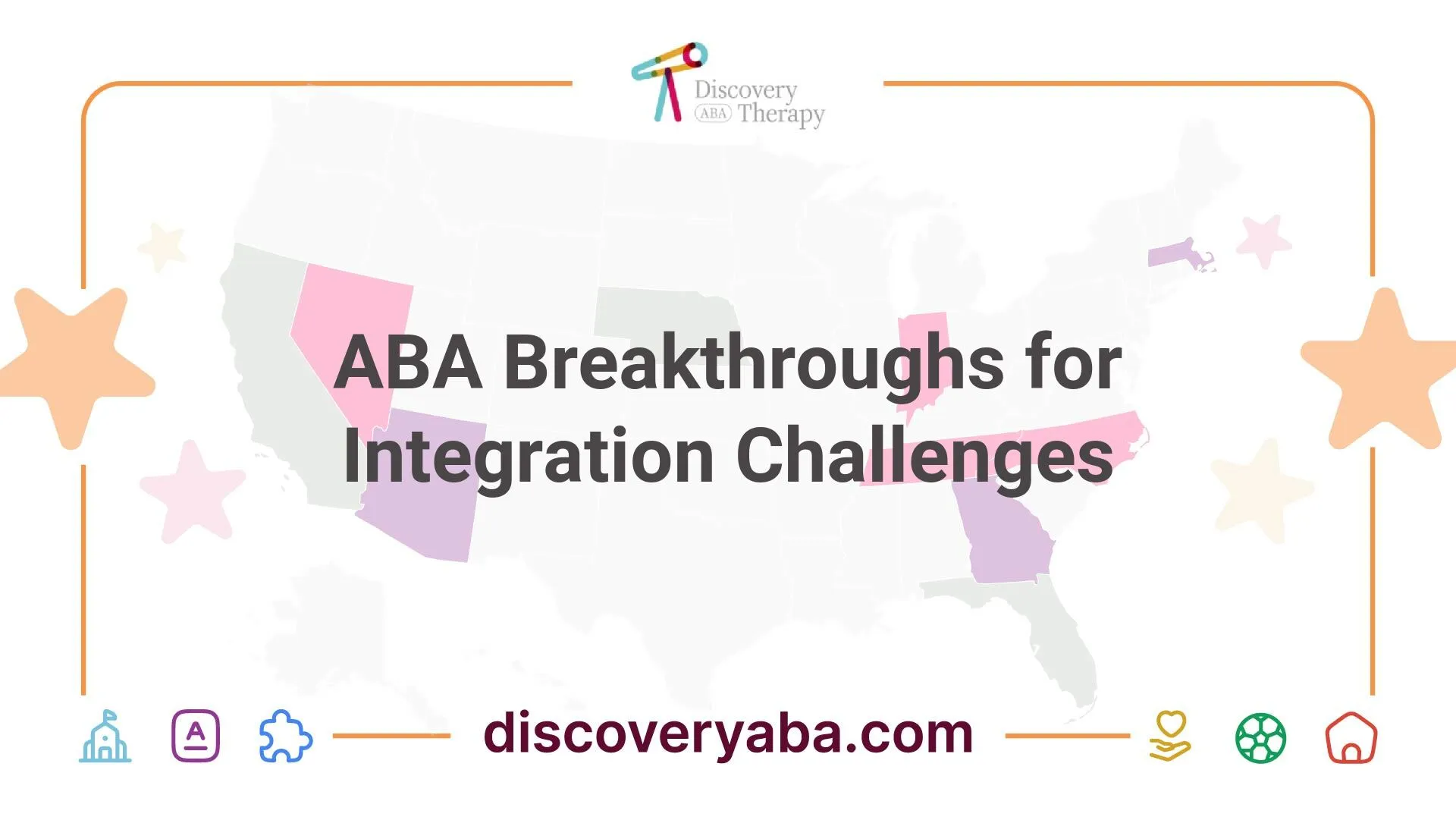




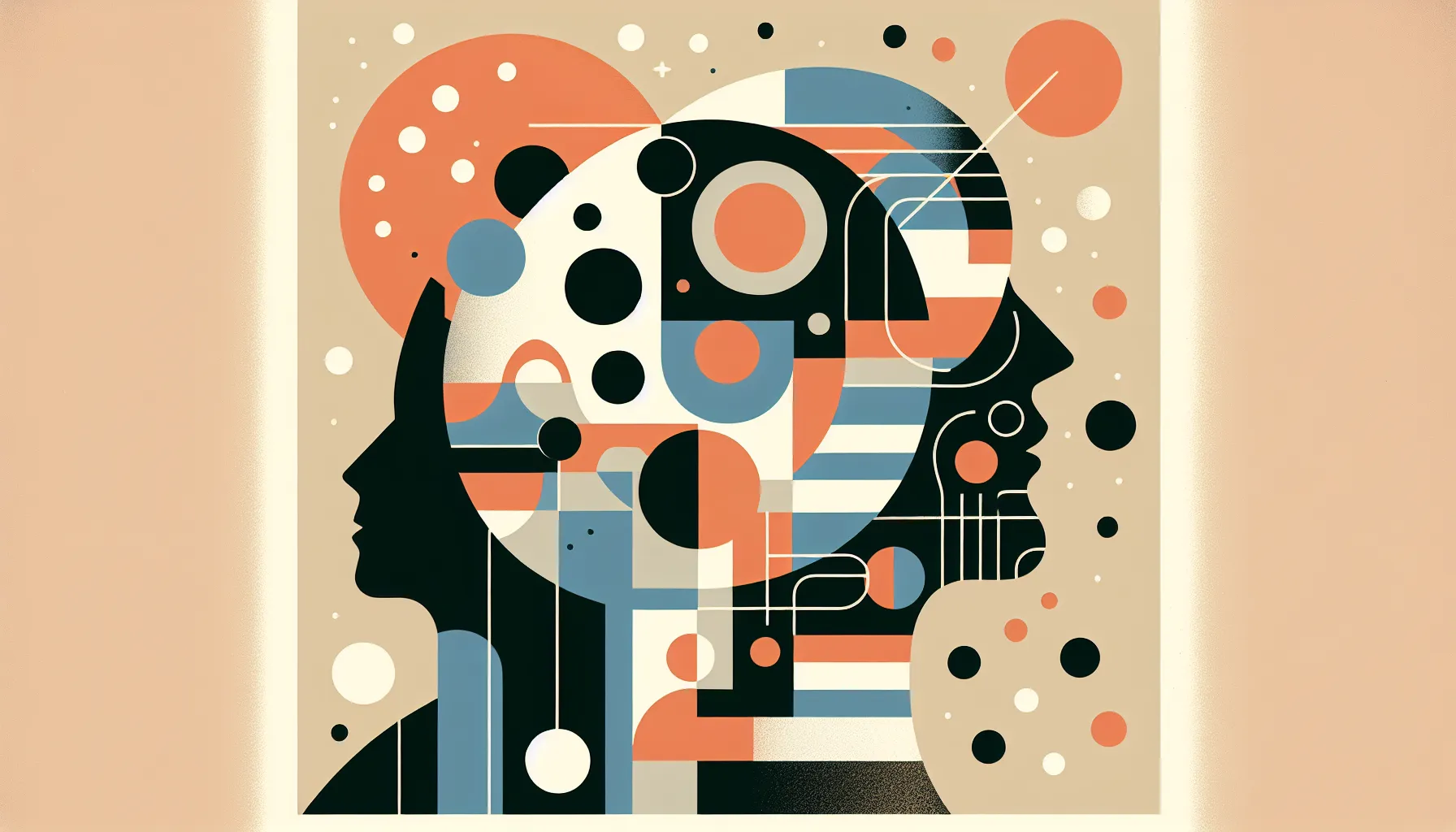

.webp)

.webp)

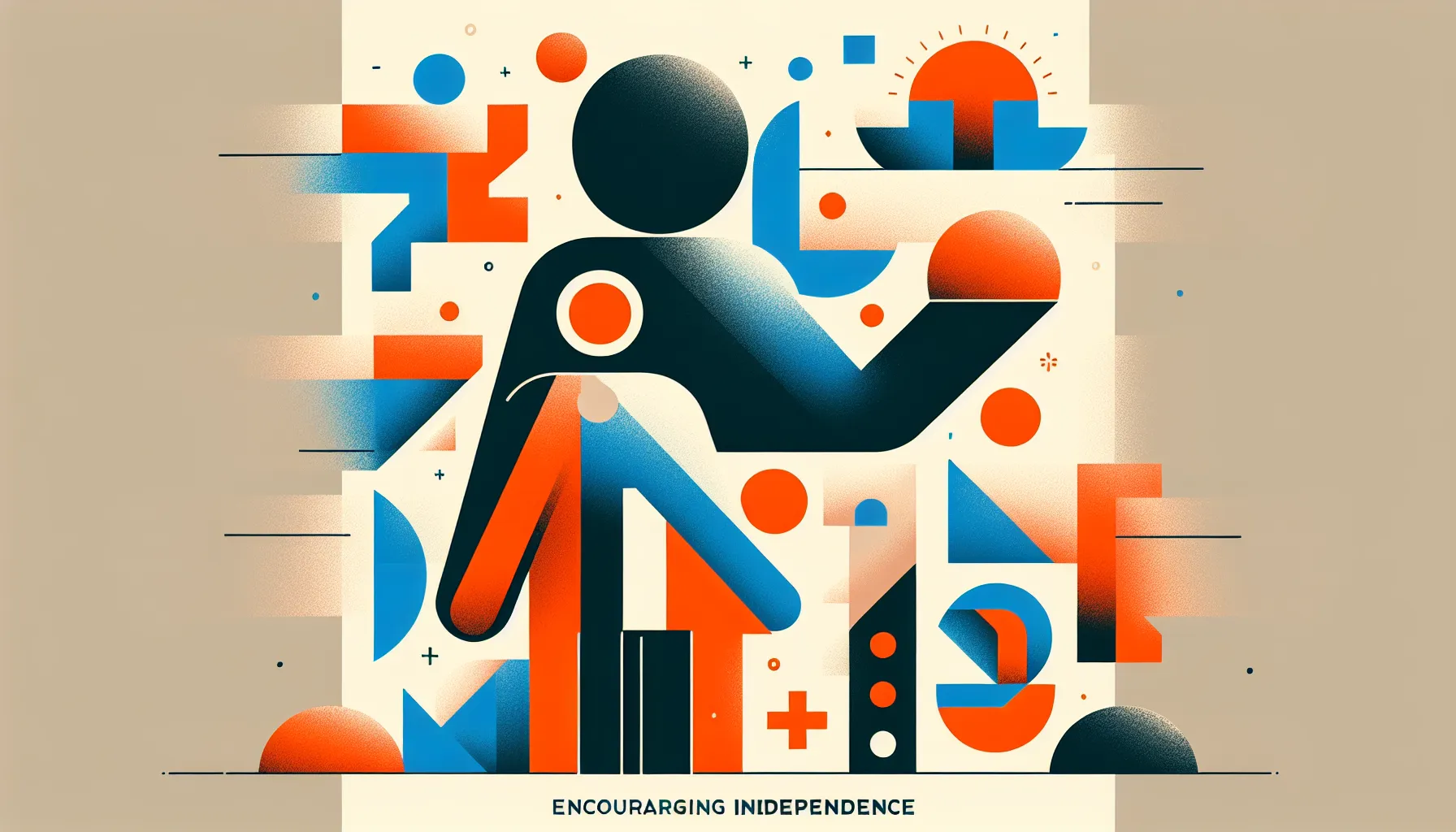

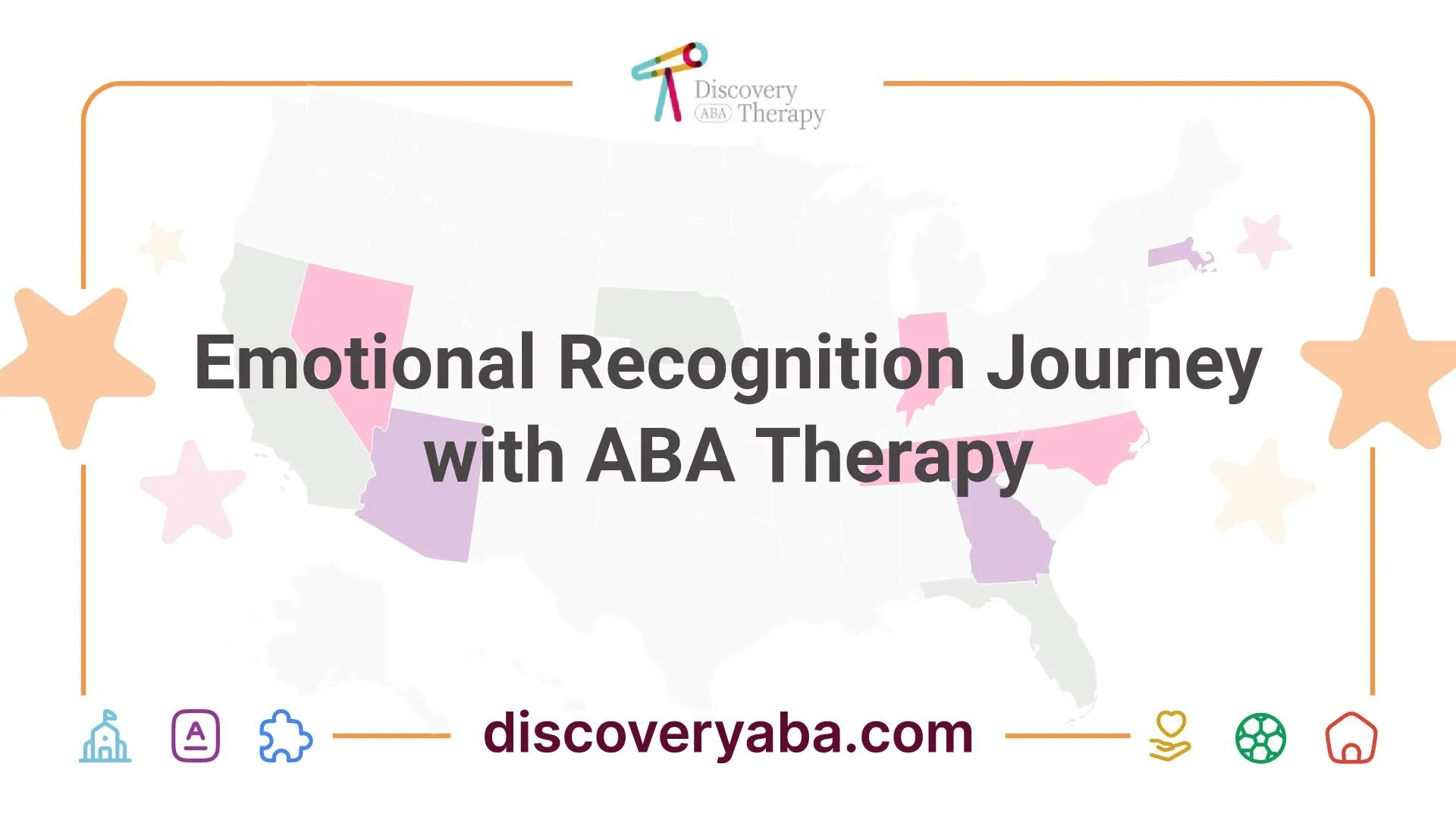



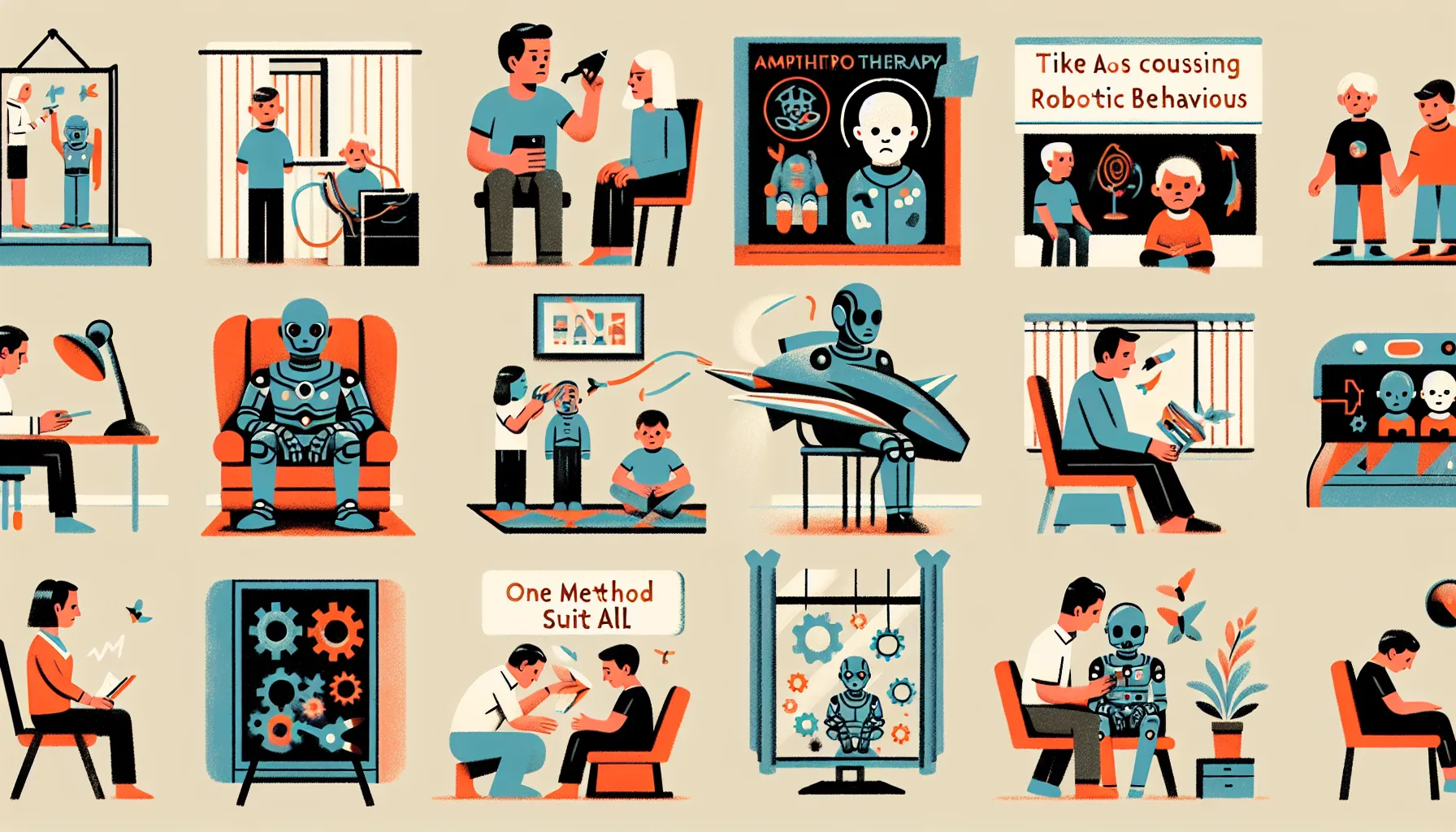


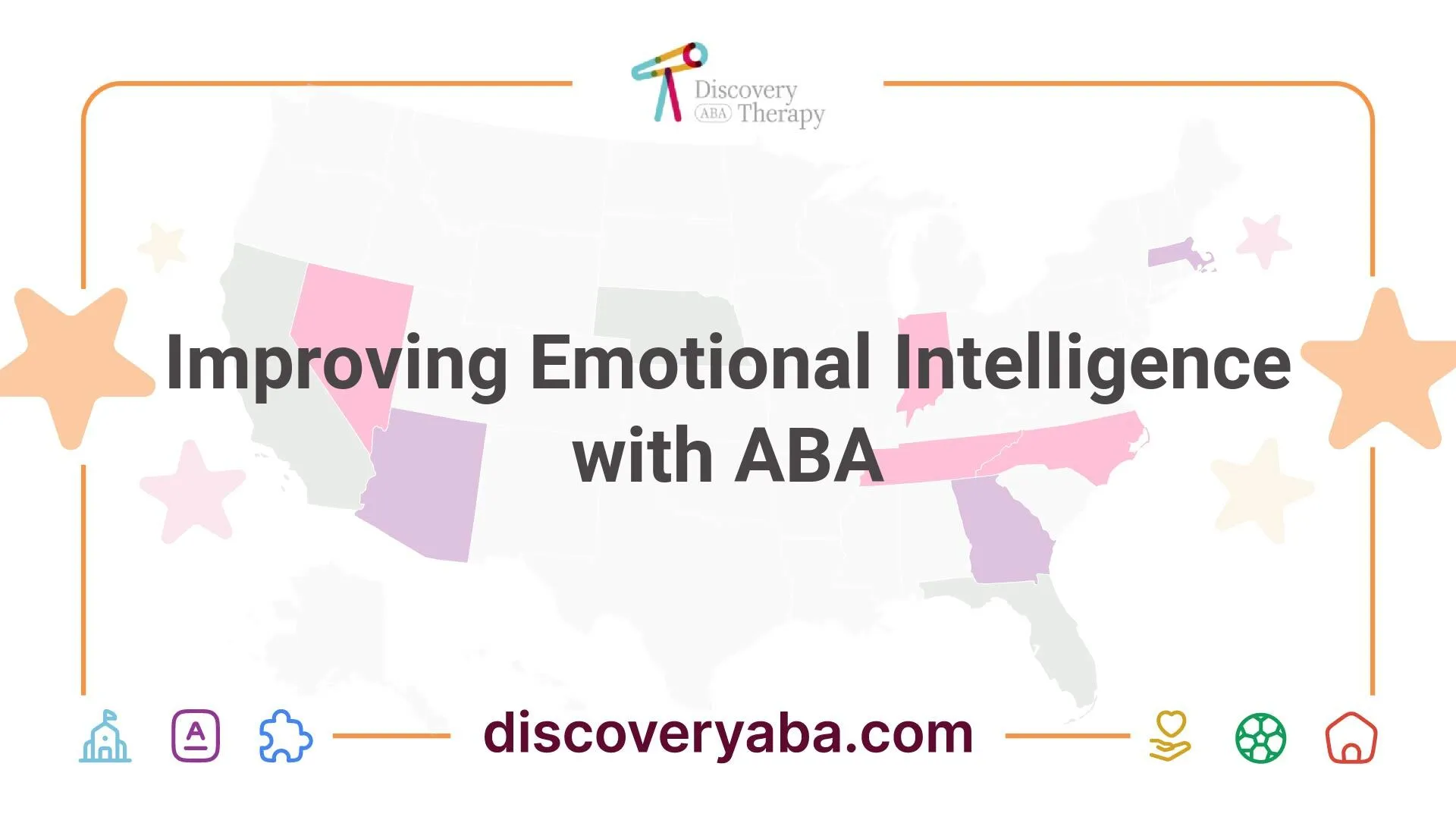
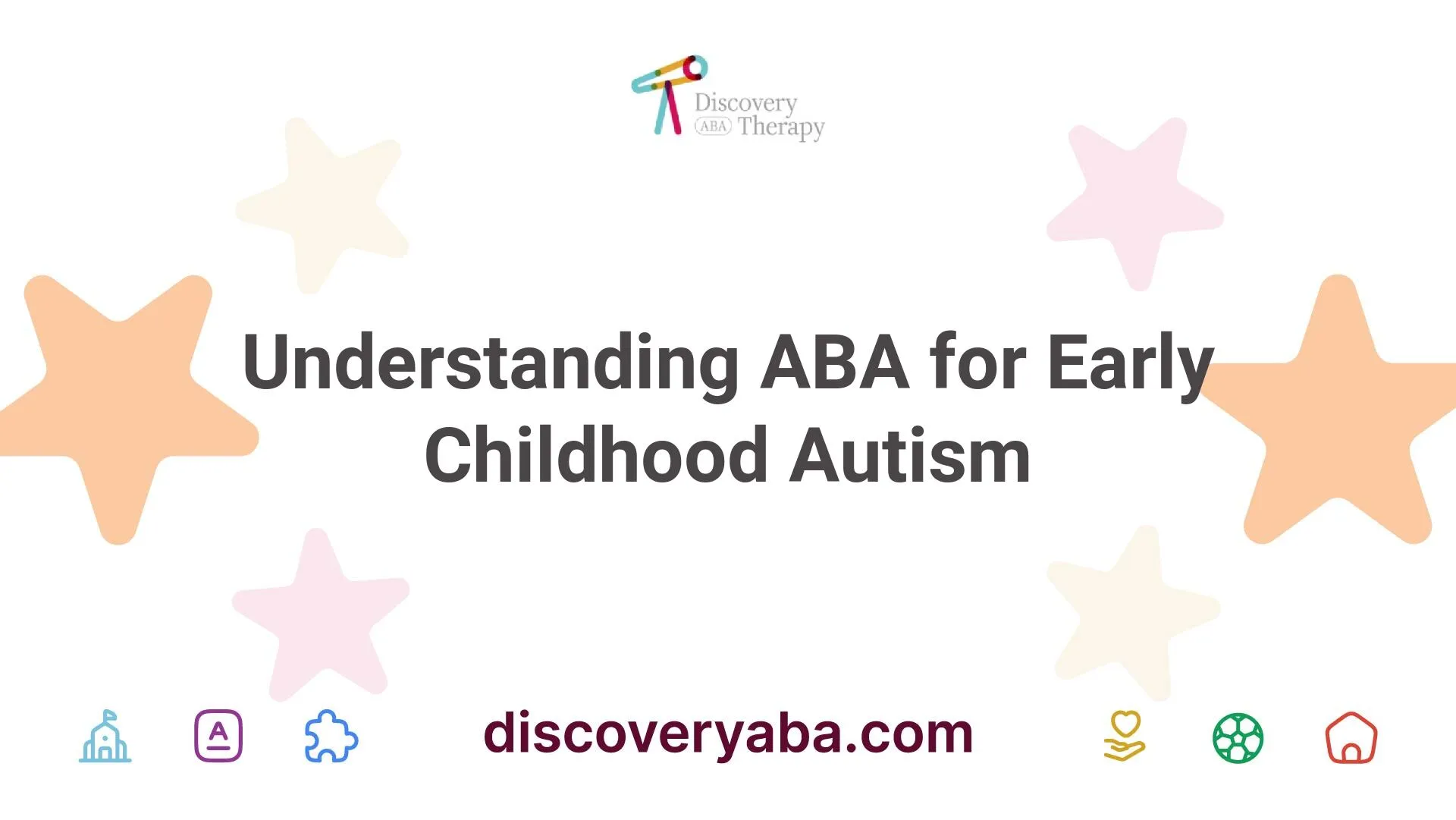

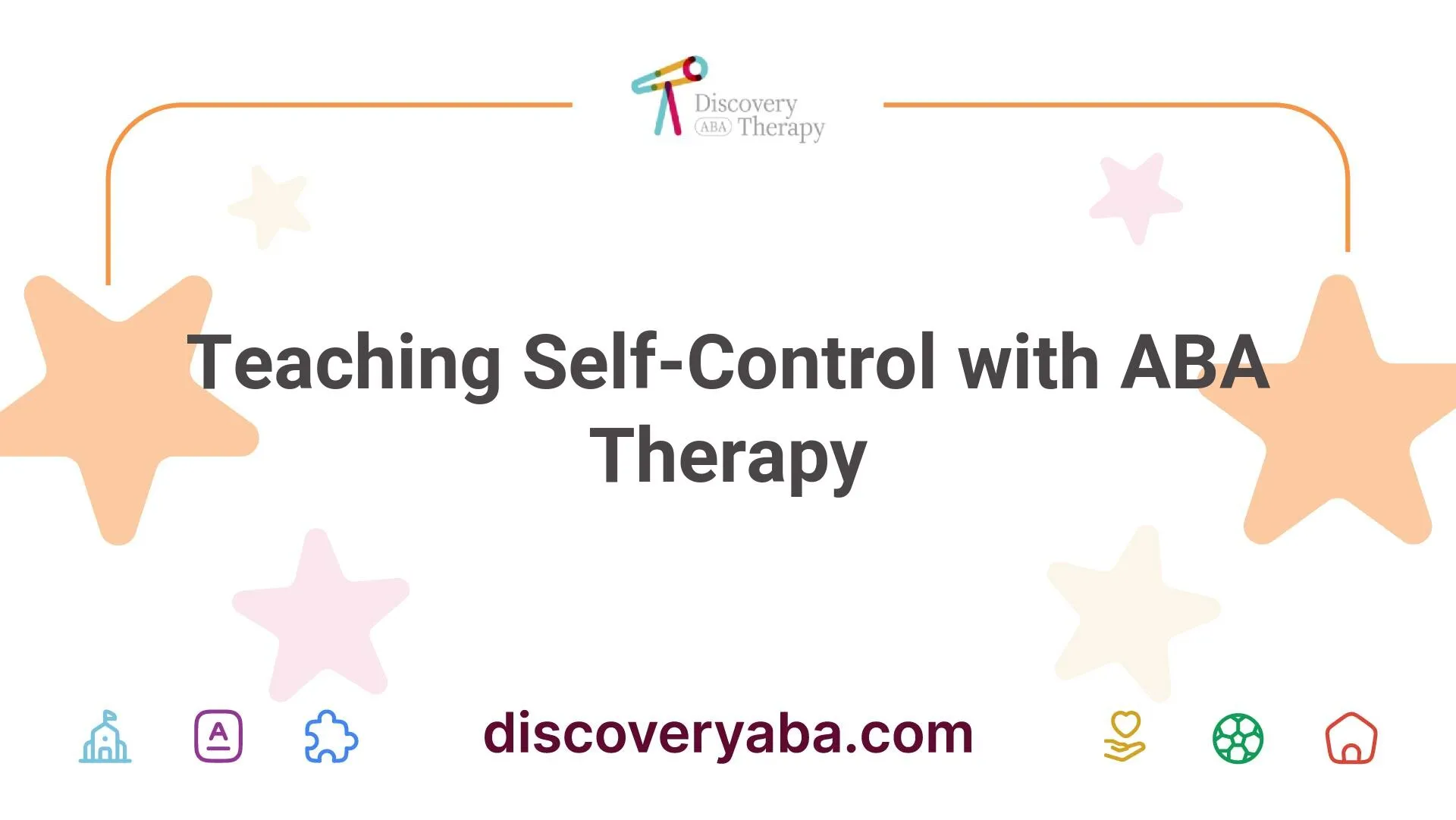
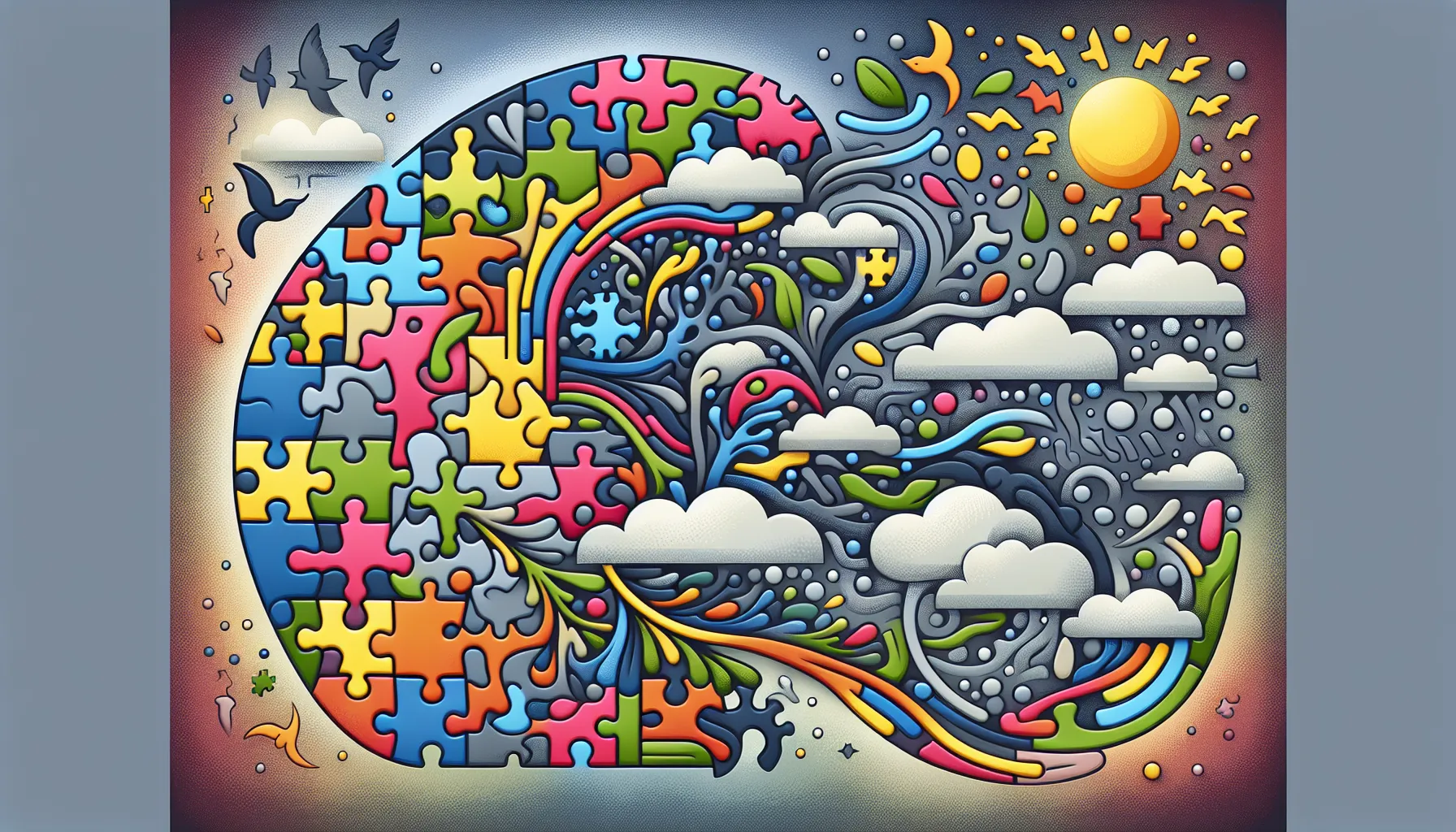
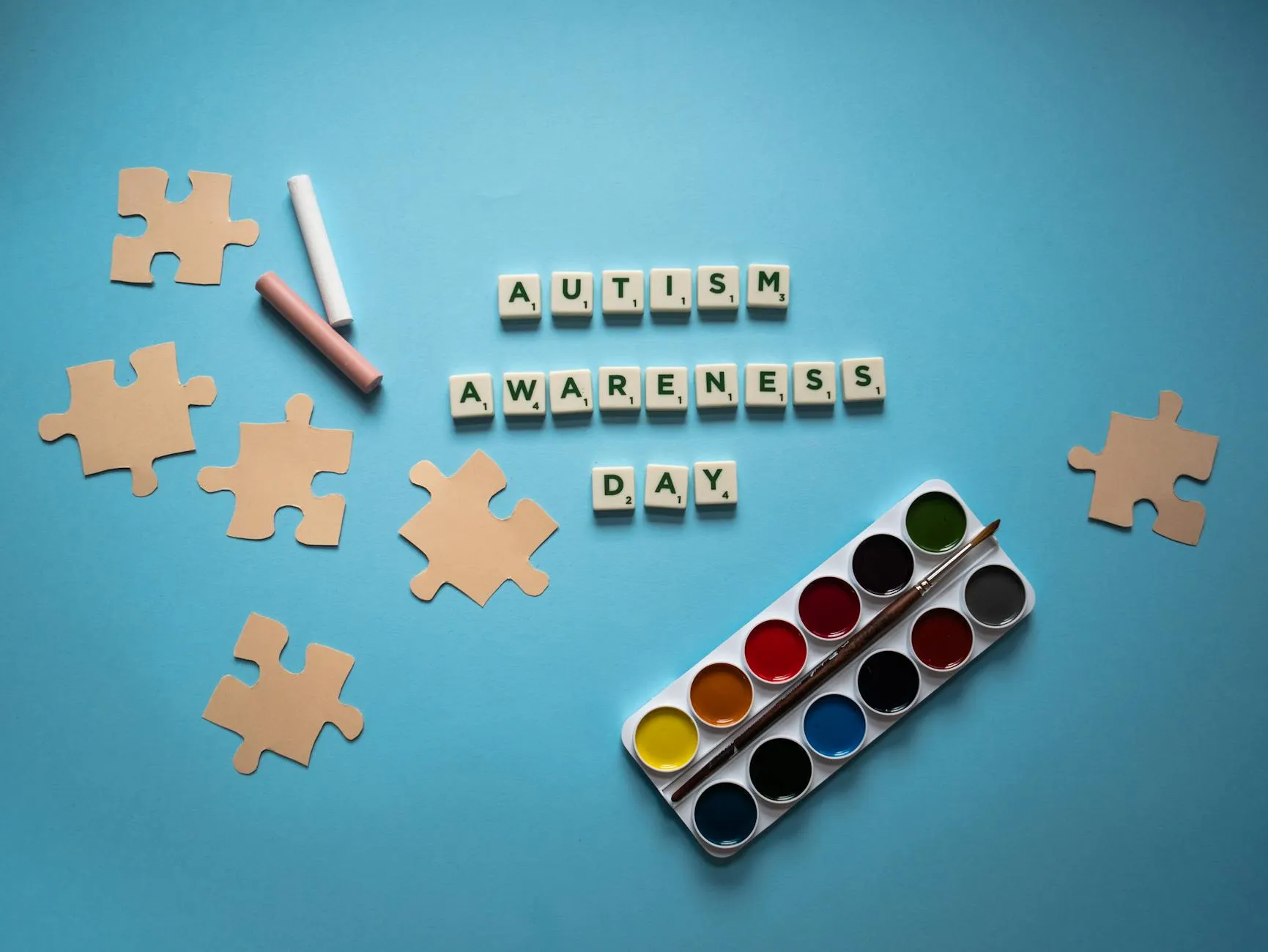

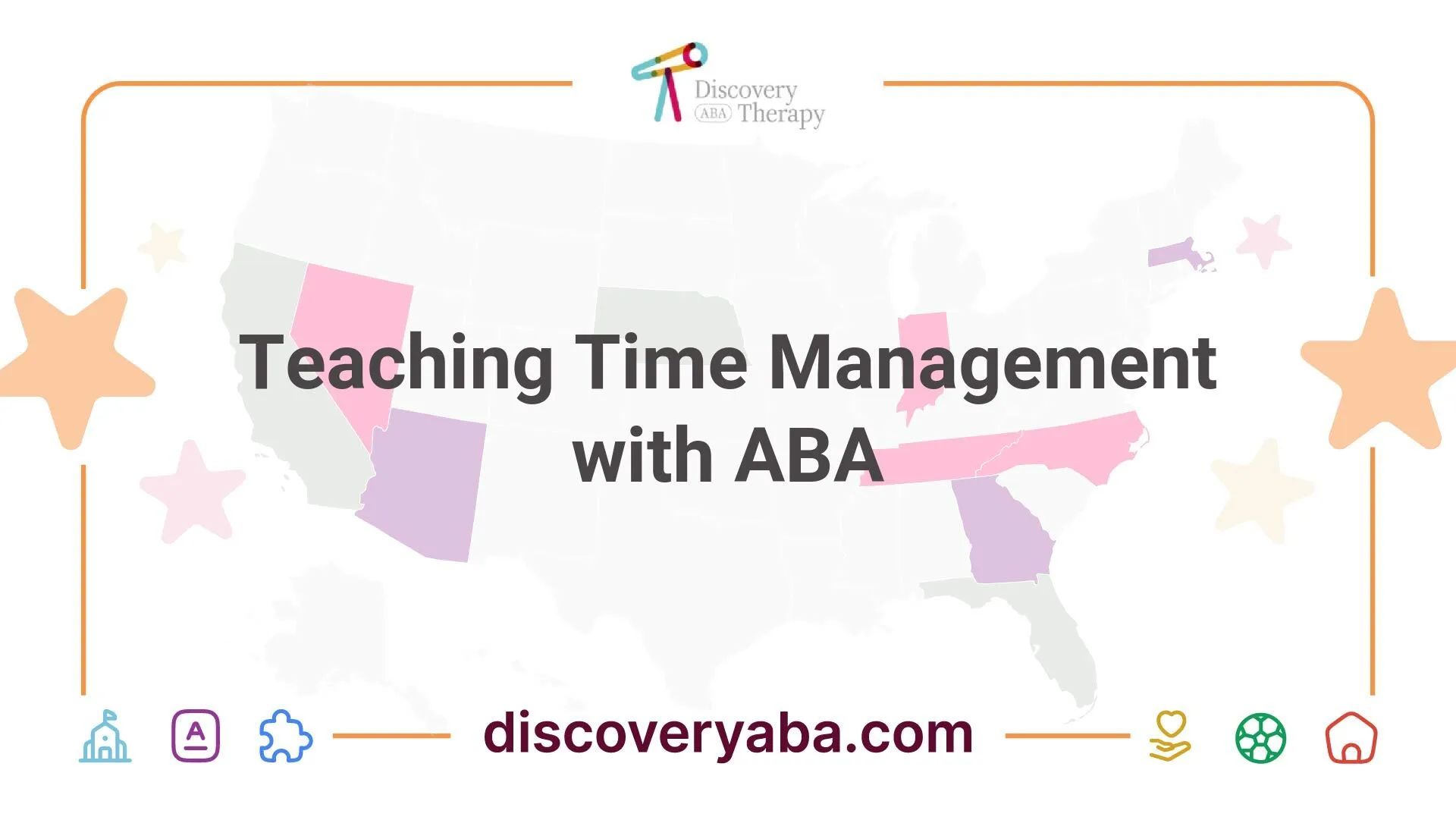
.webp)

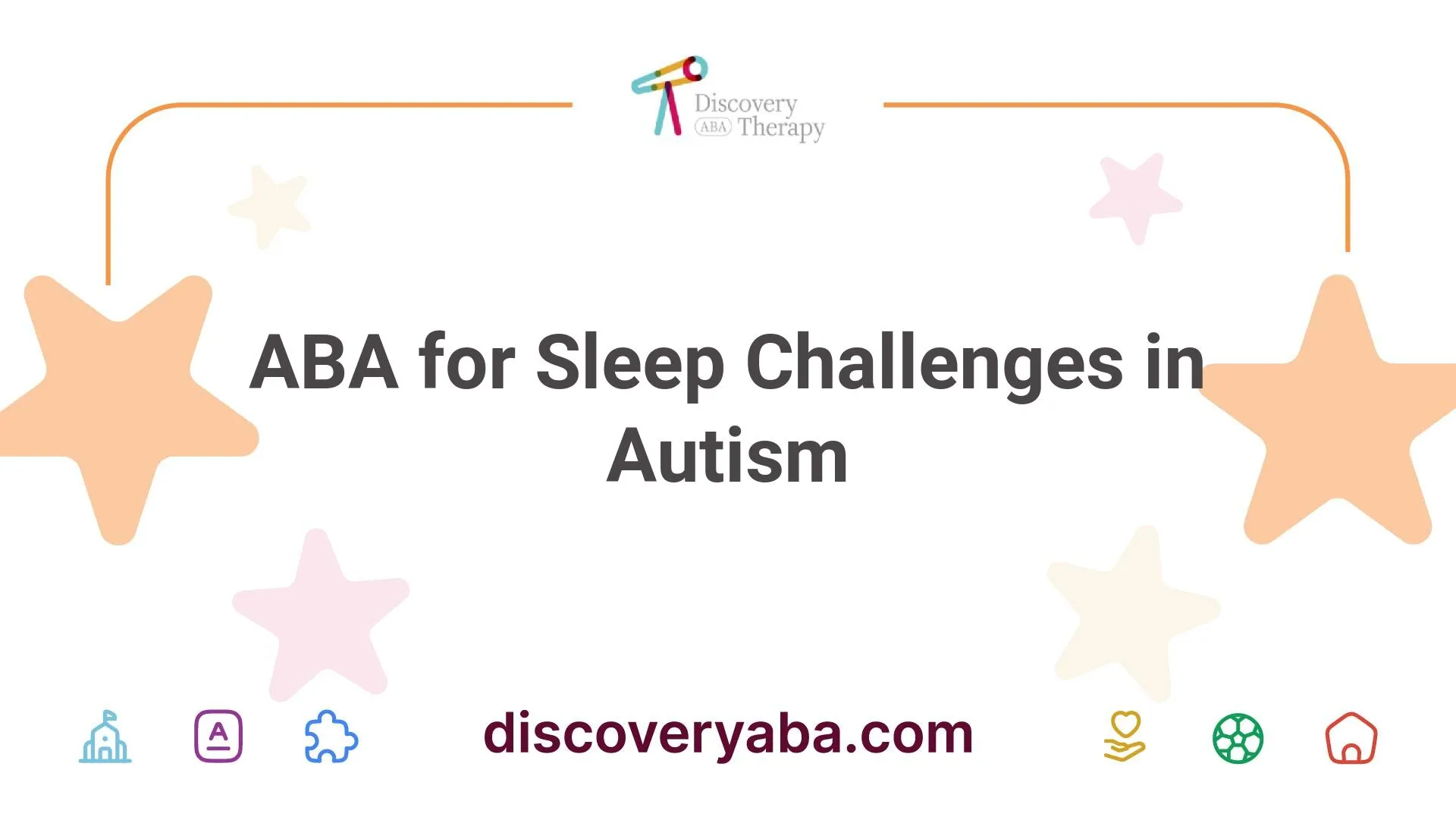

.webp)


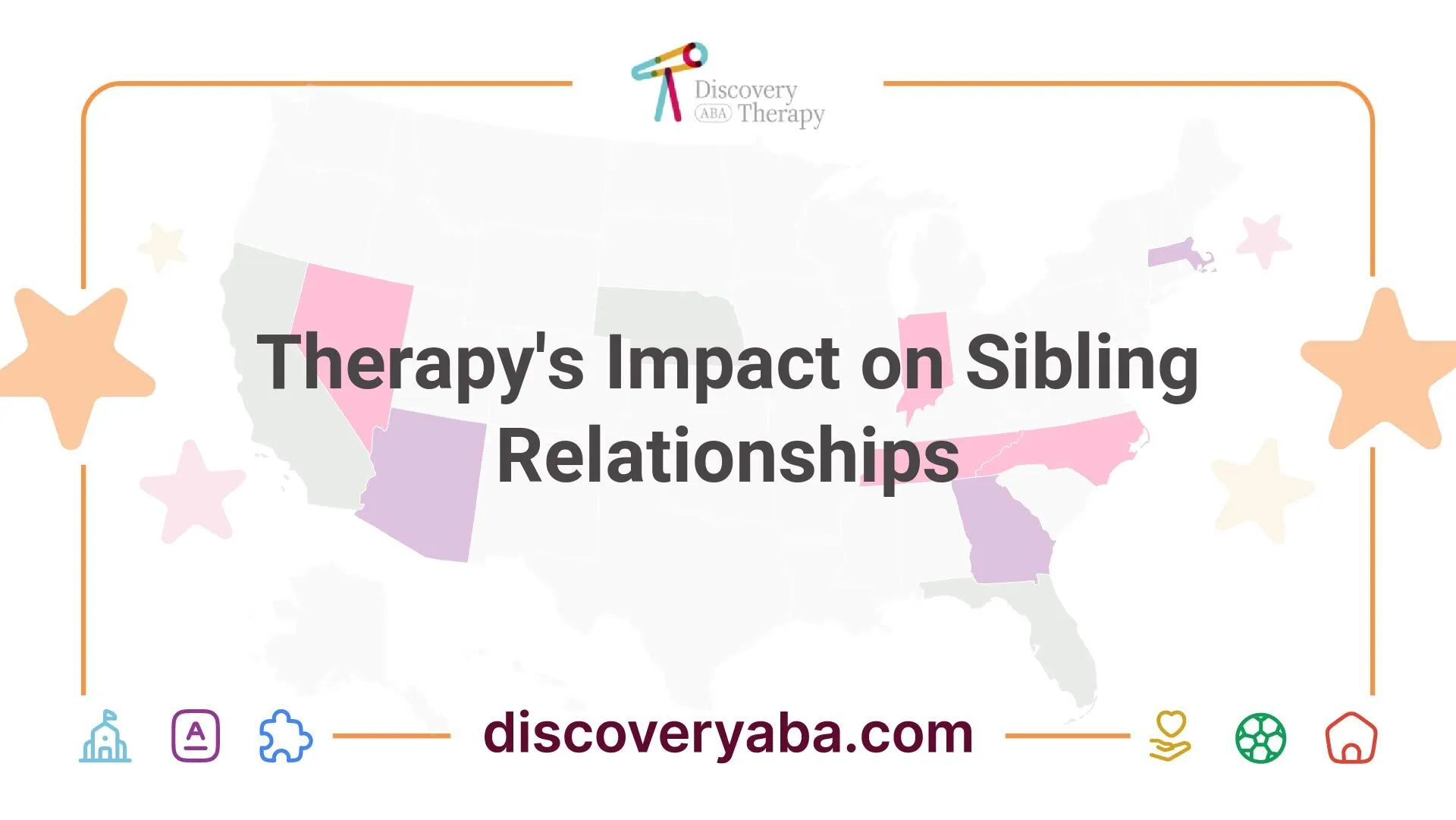
.webp)
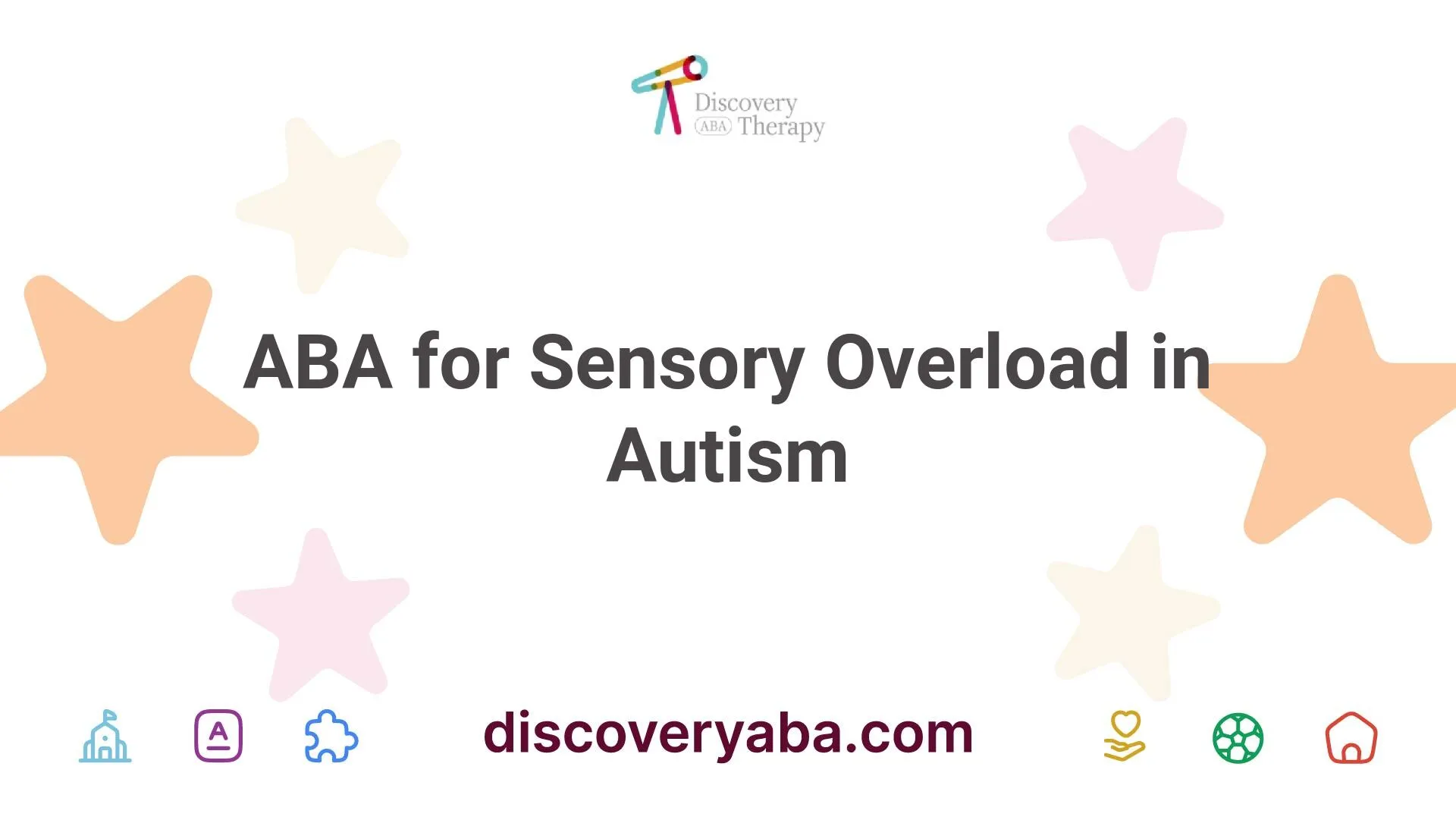
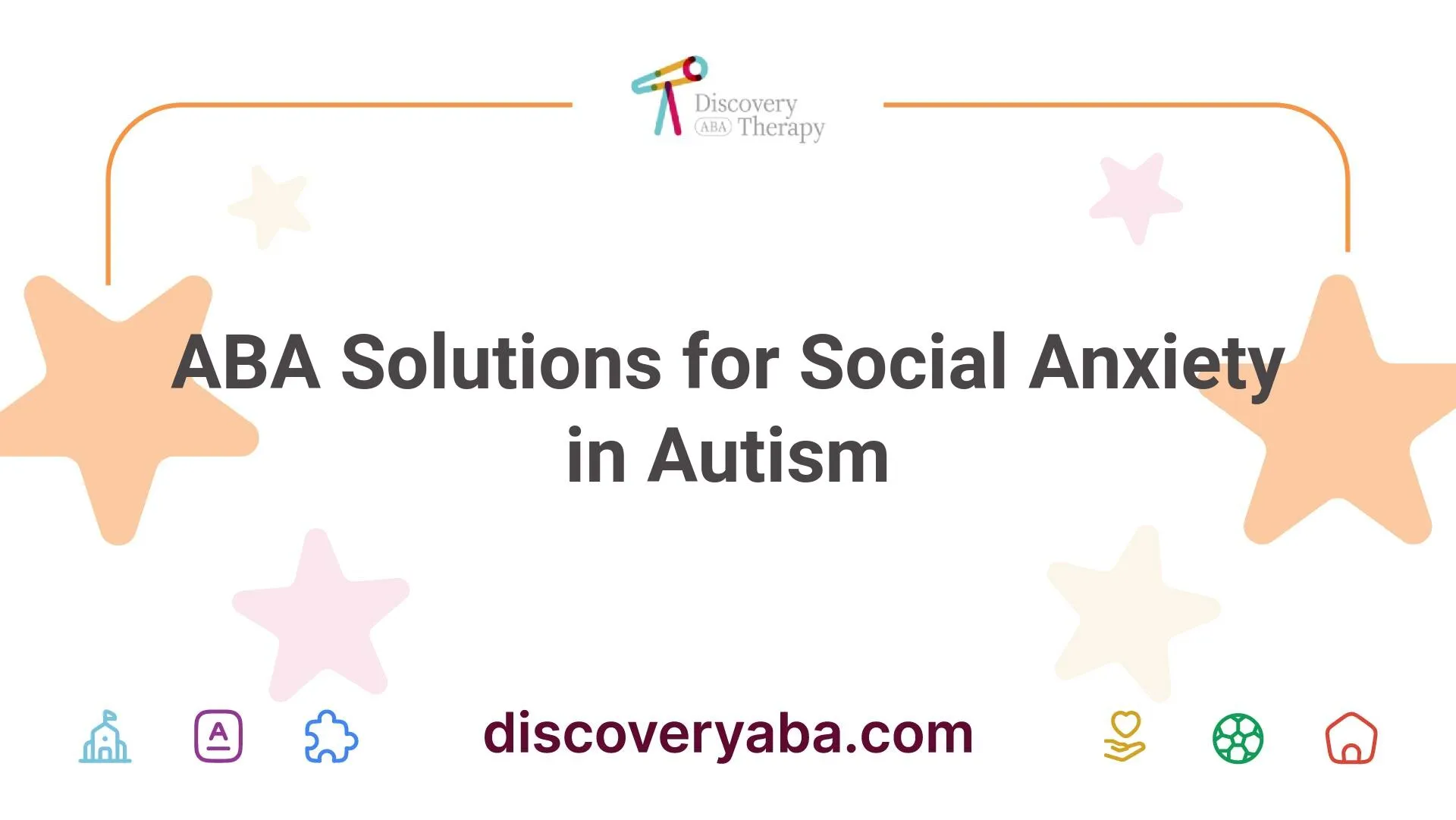
.webp)



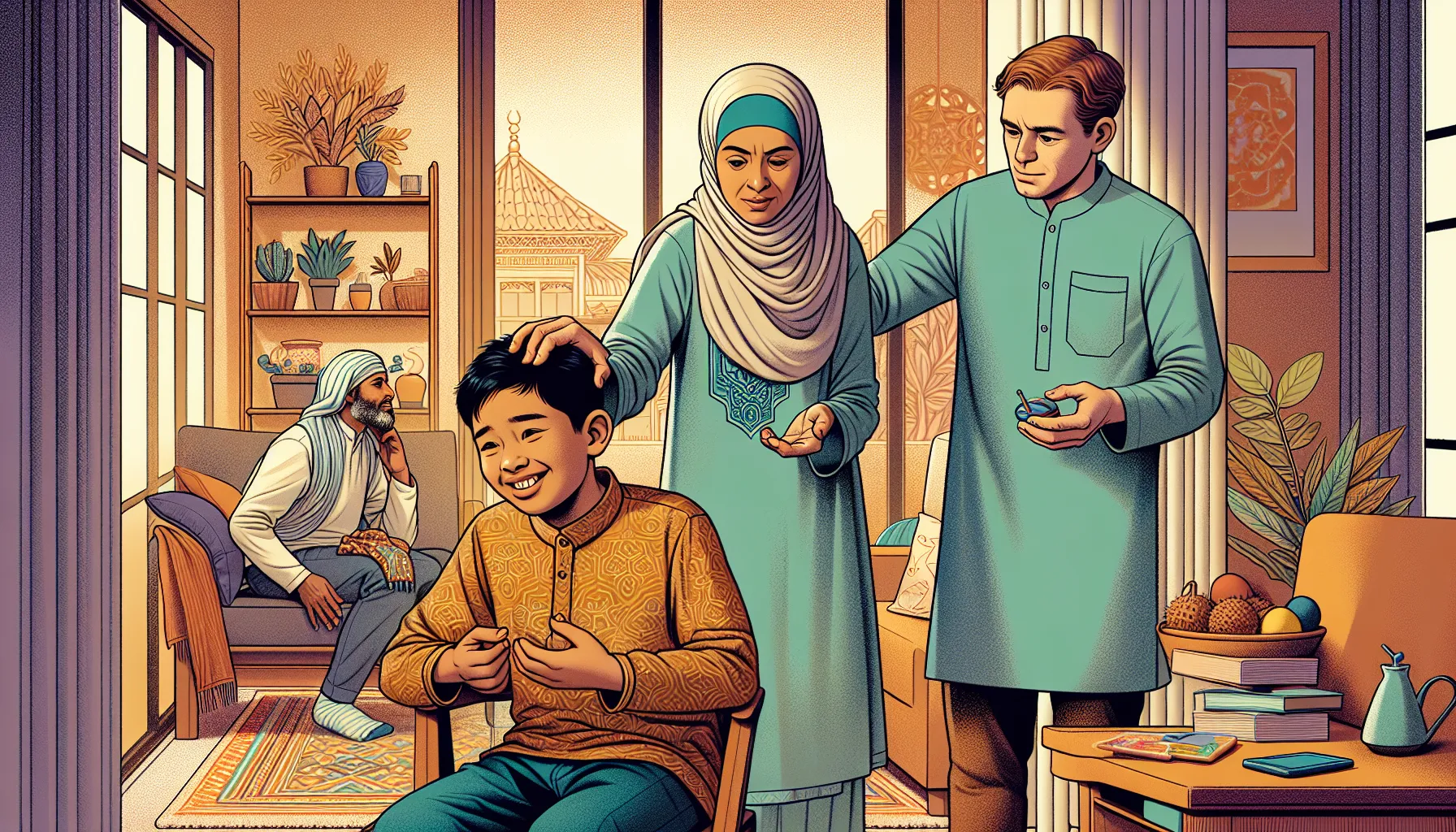
.webp)
